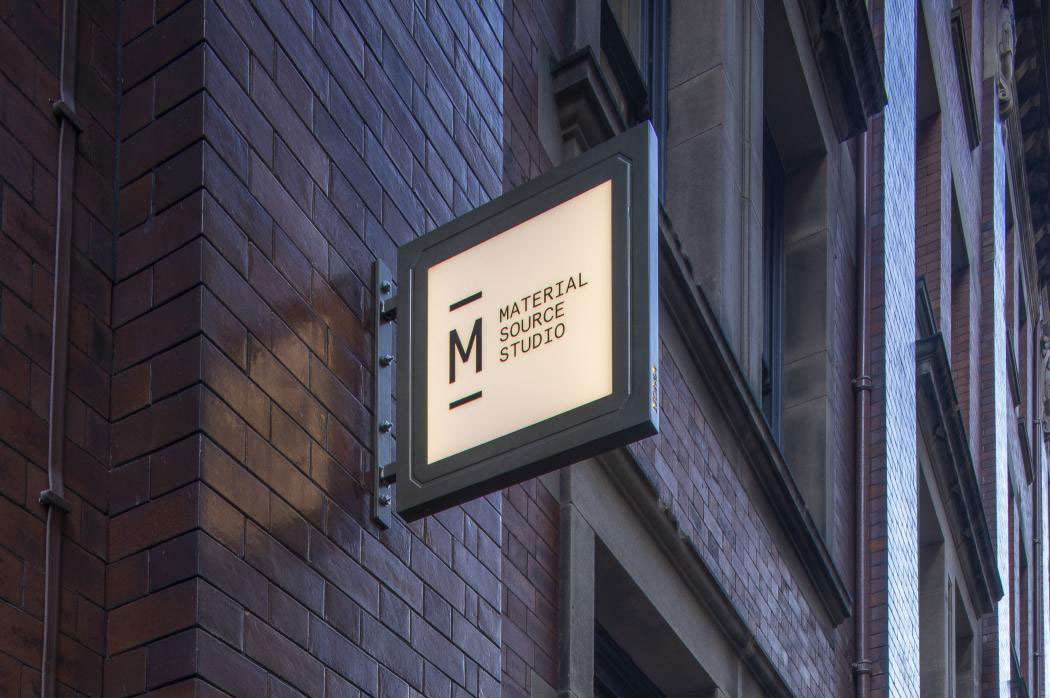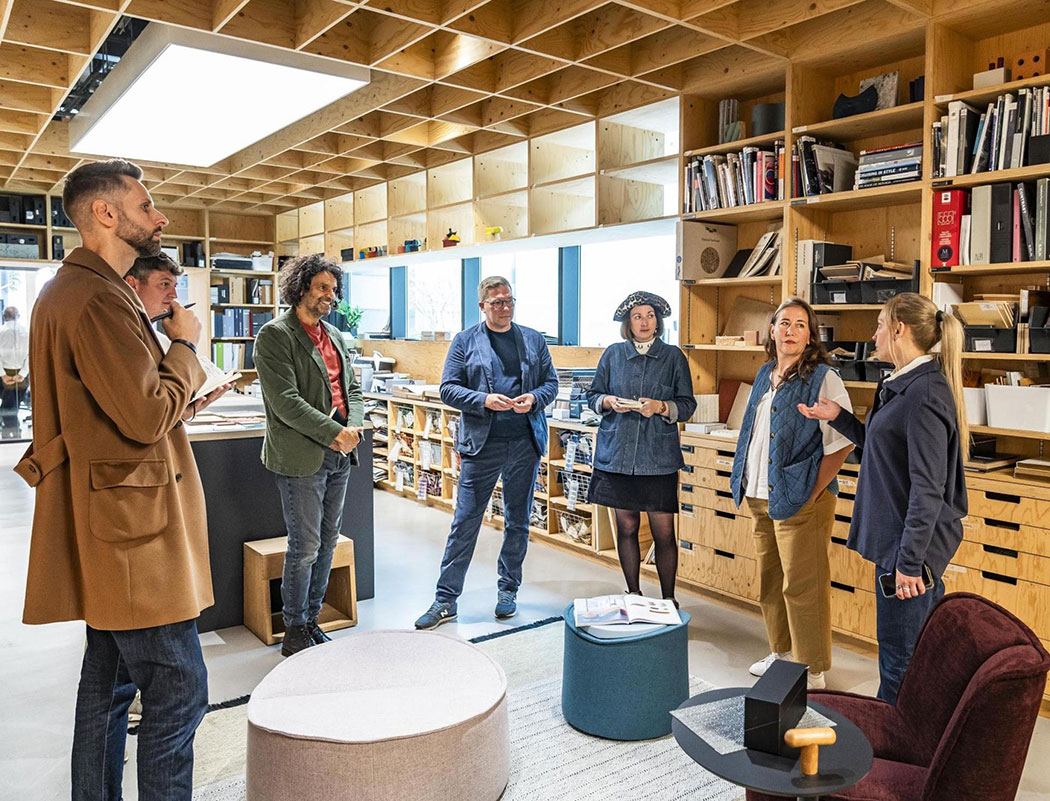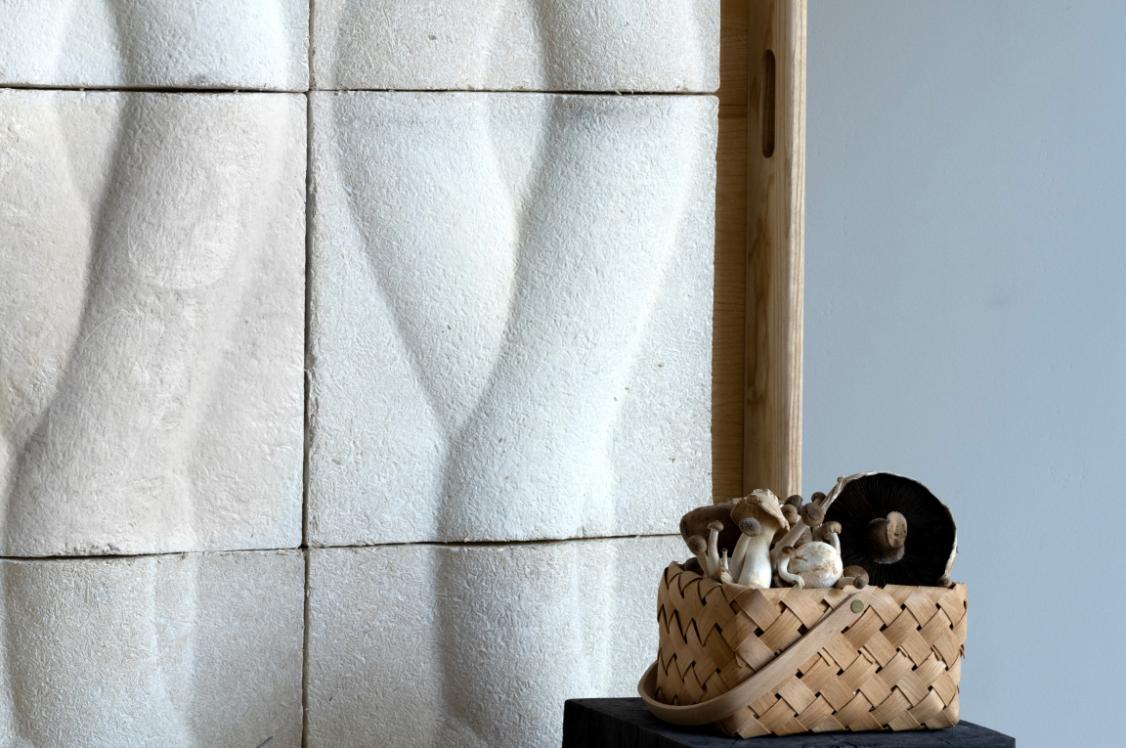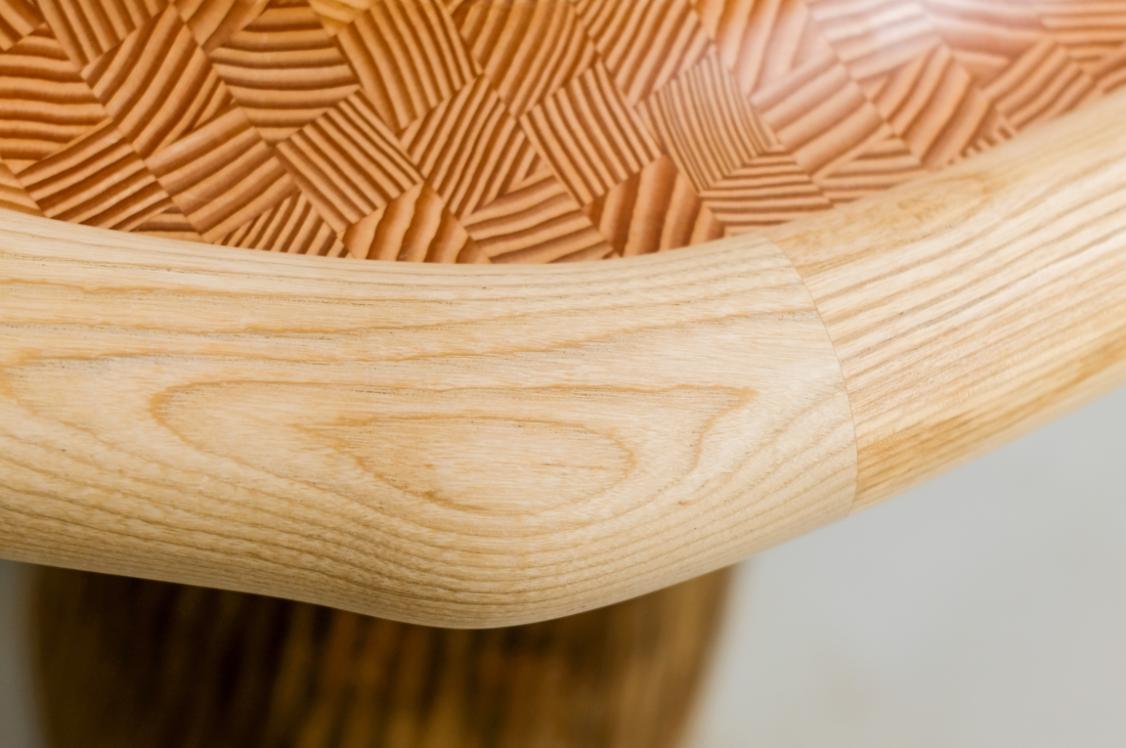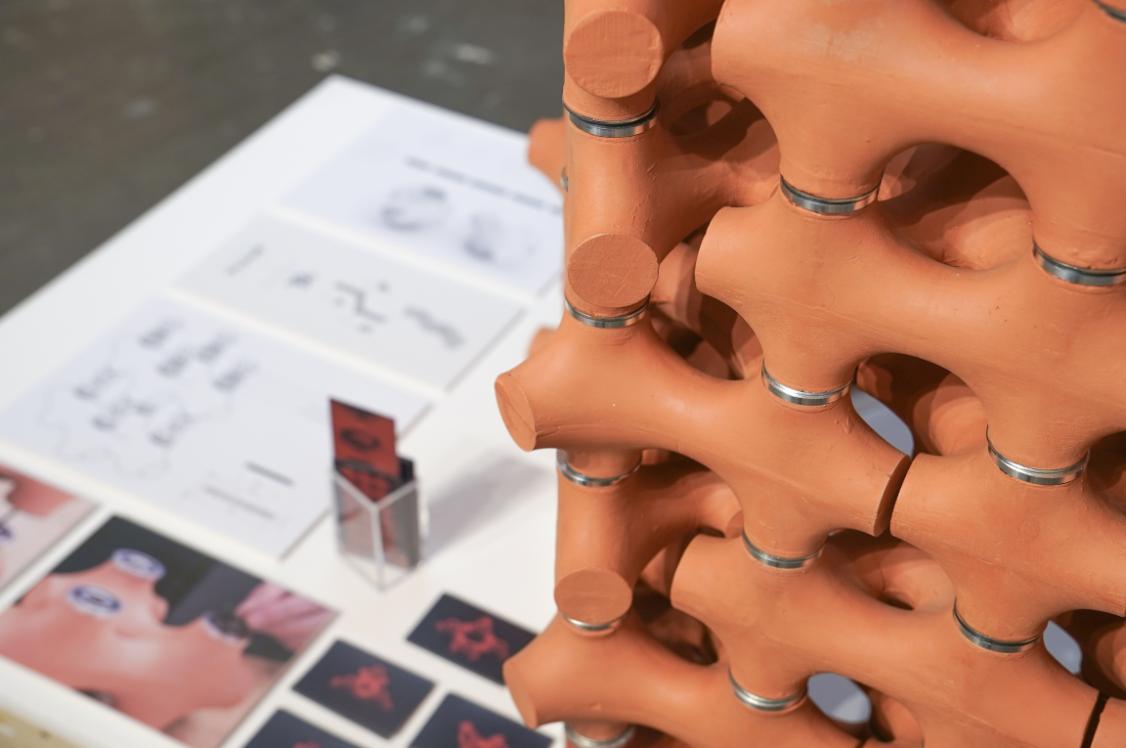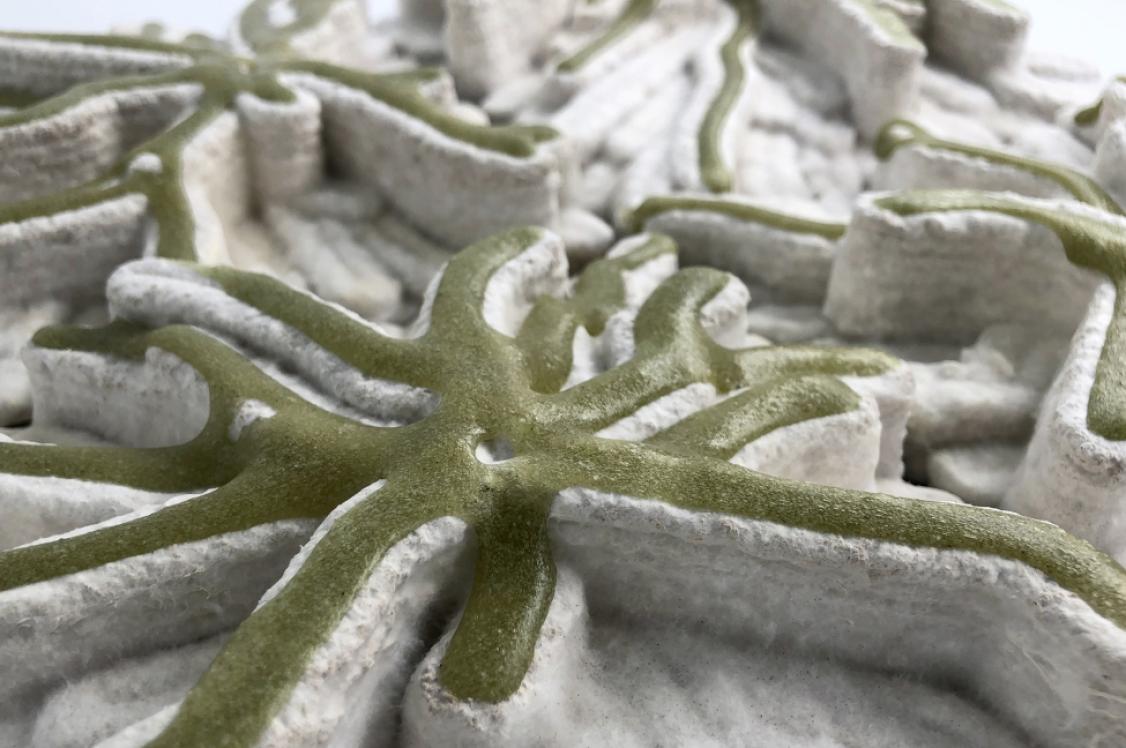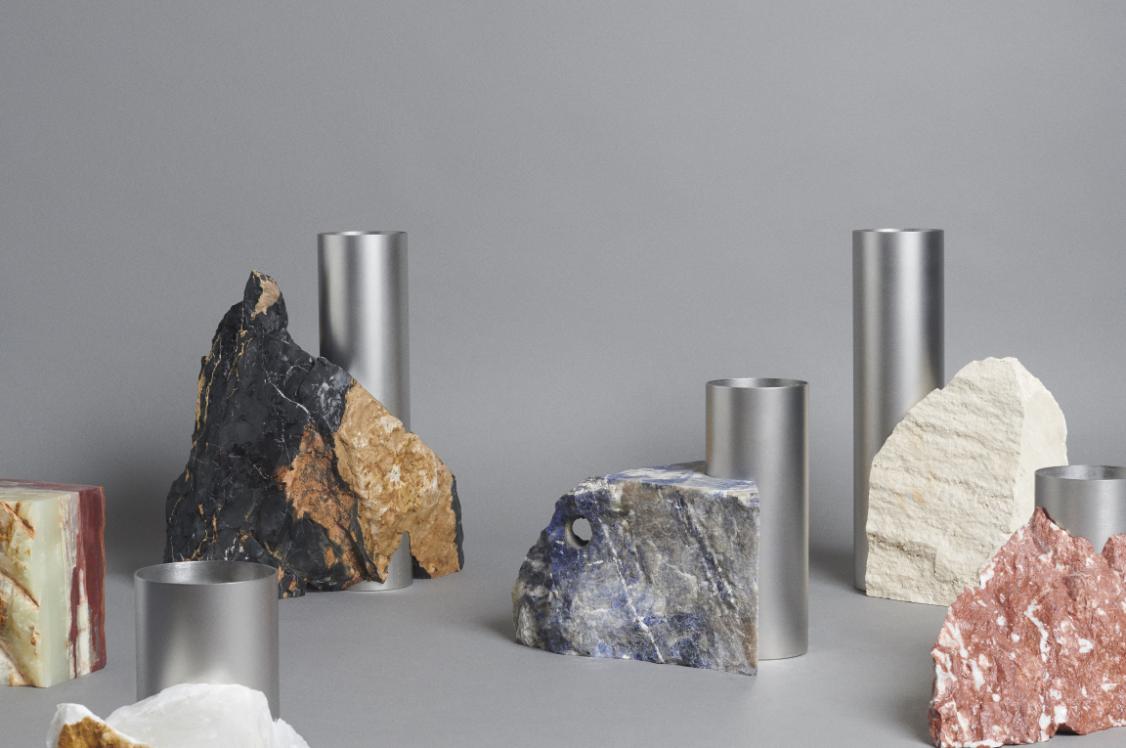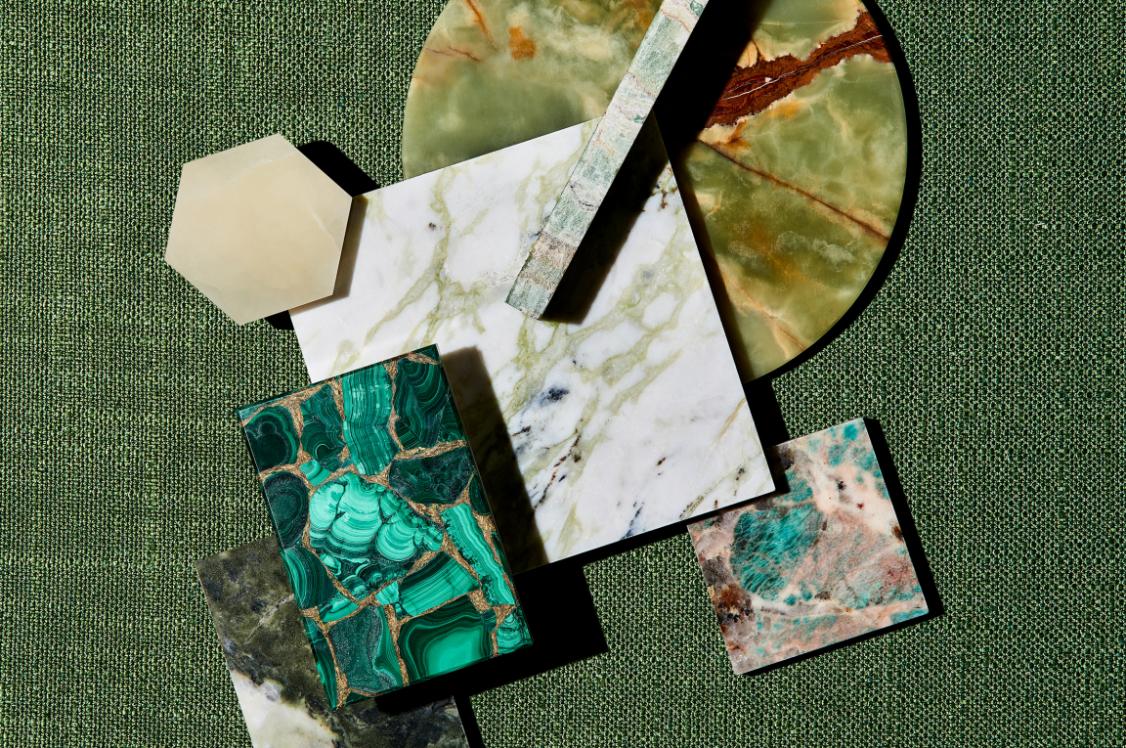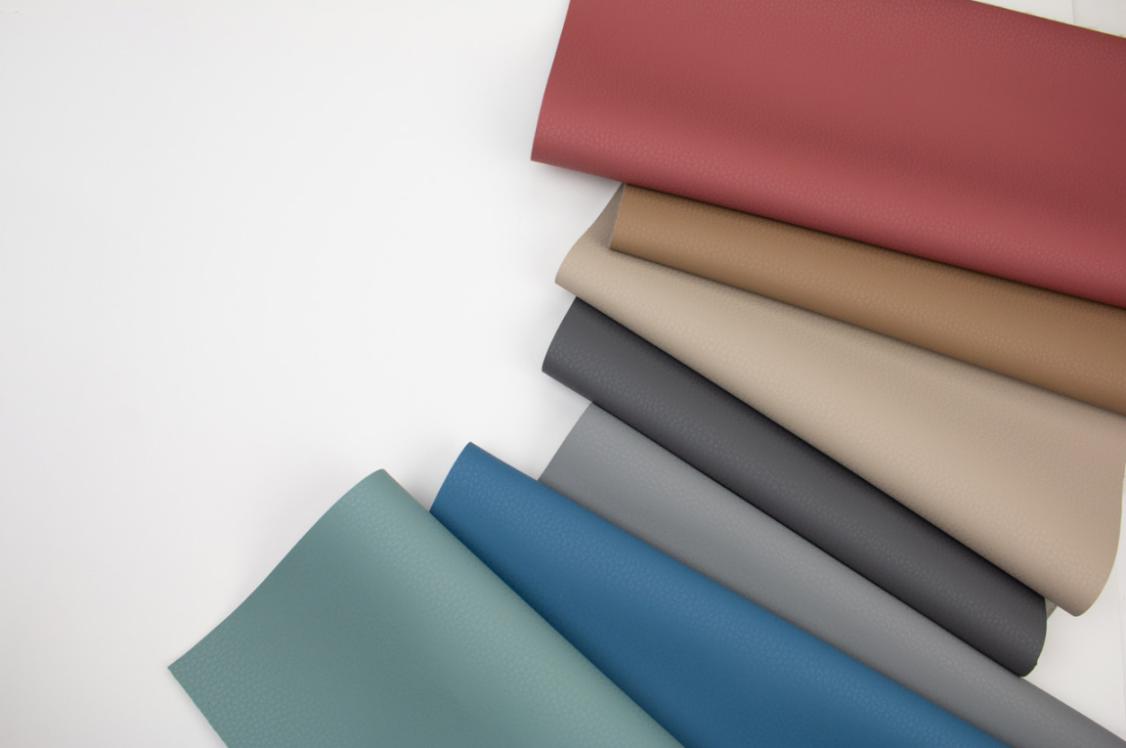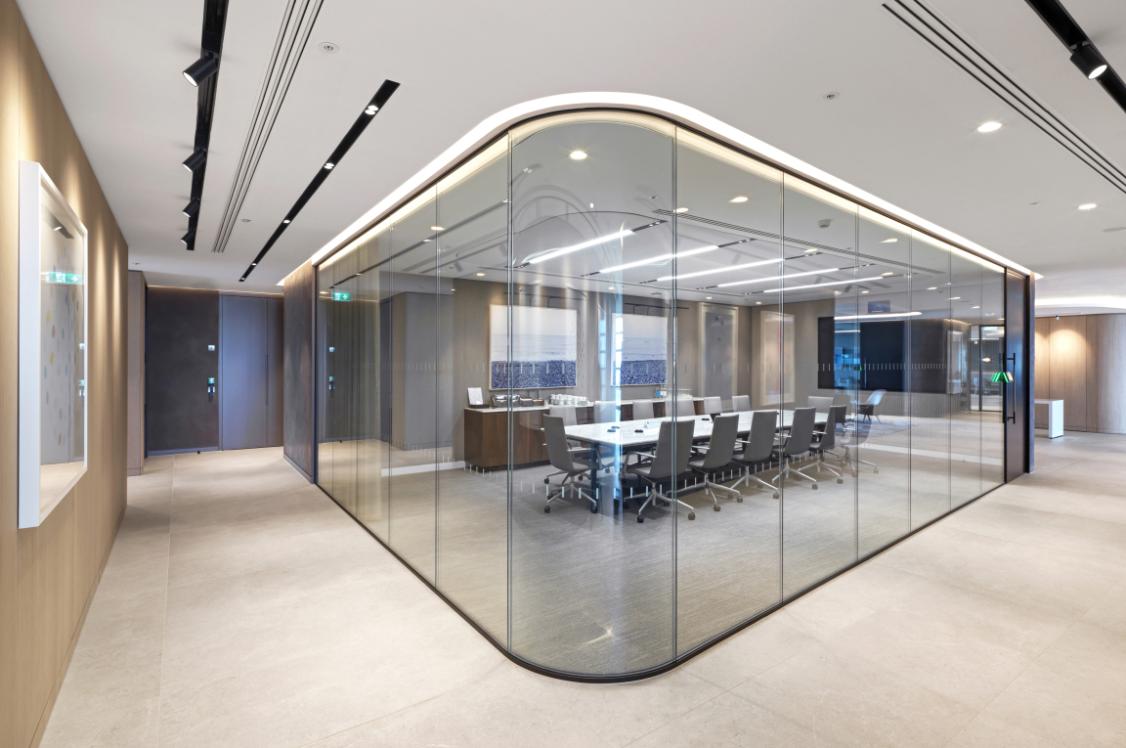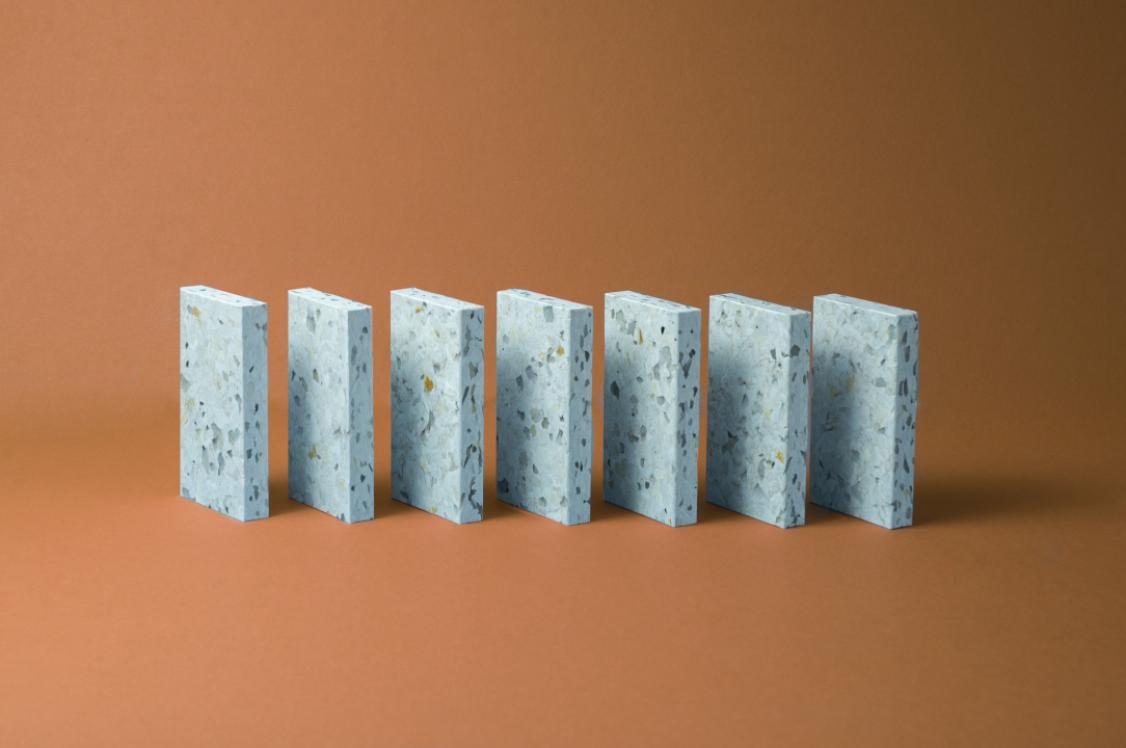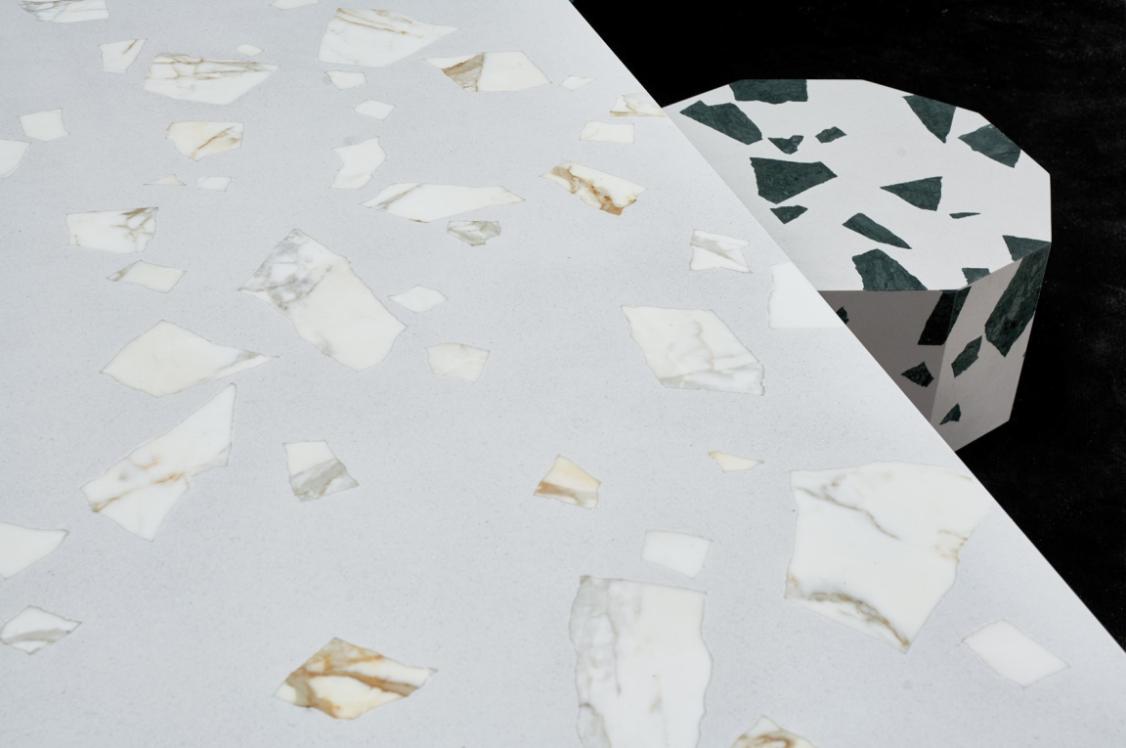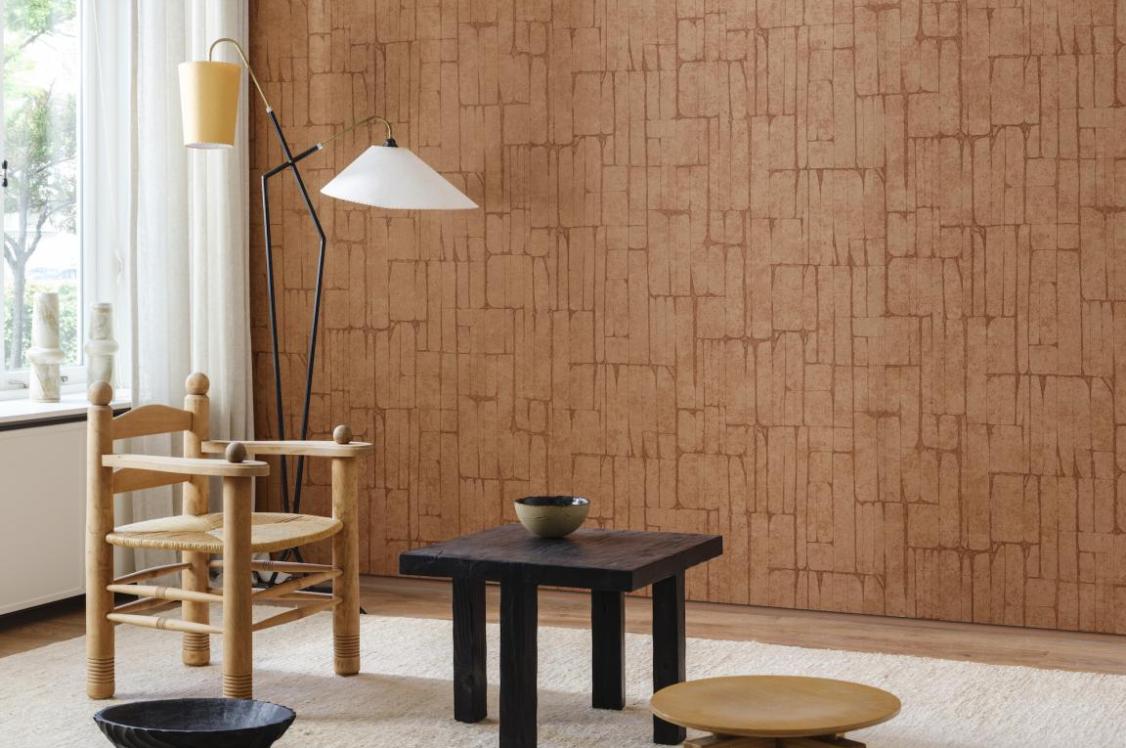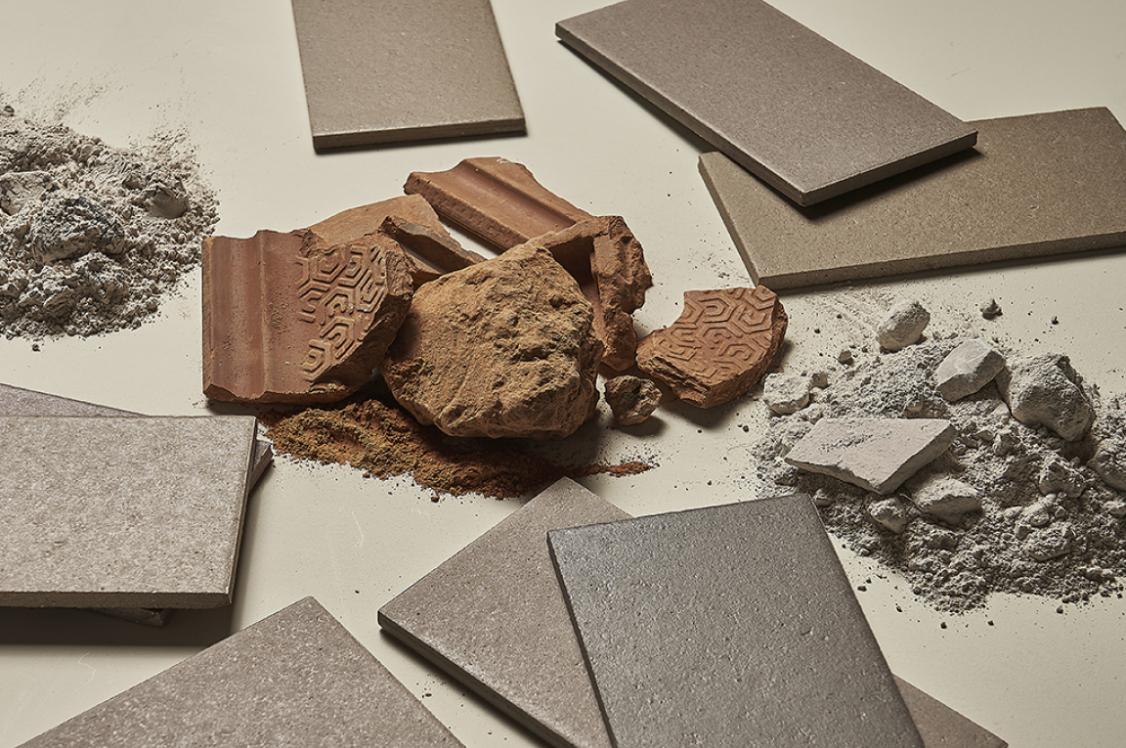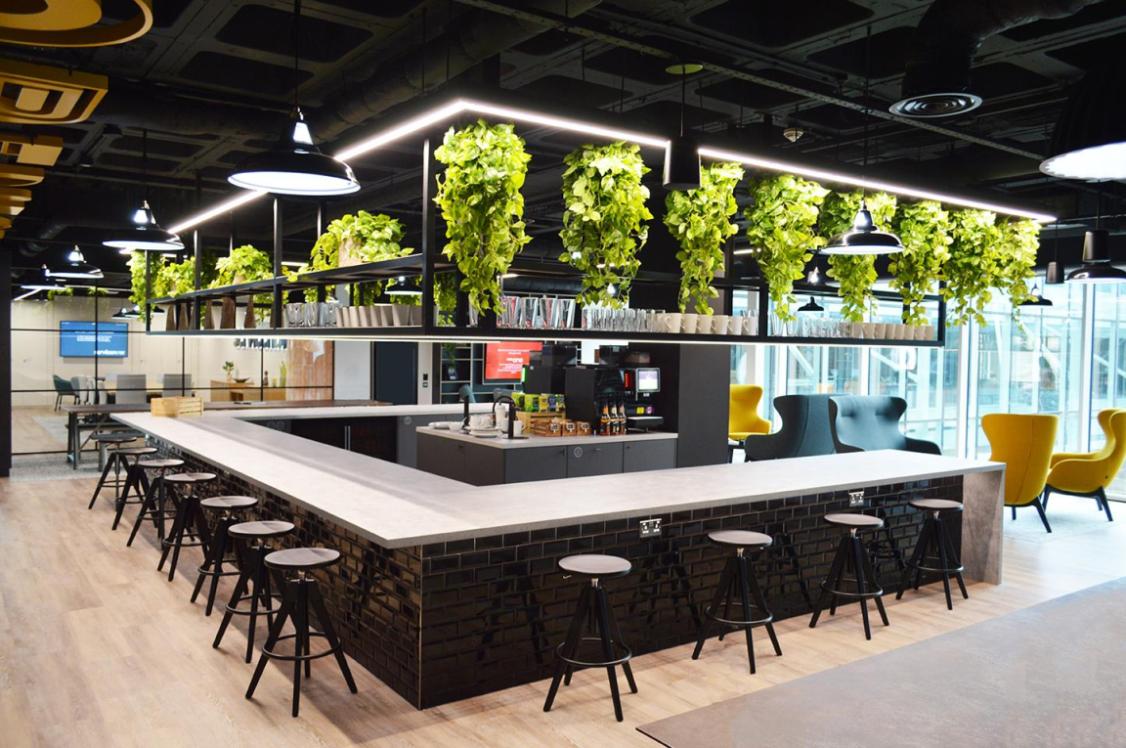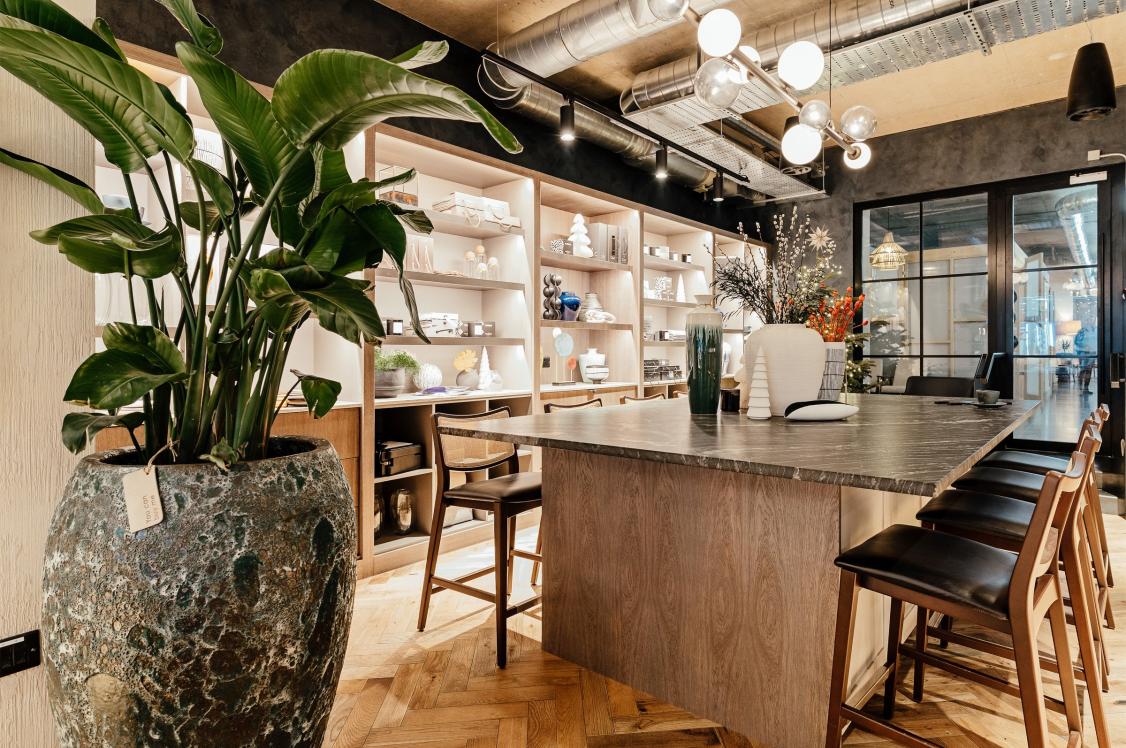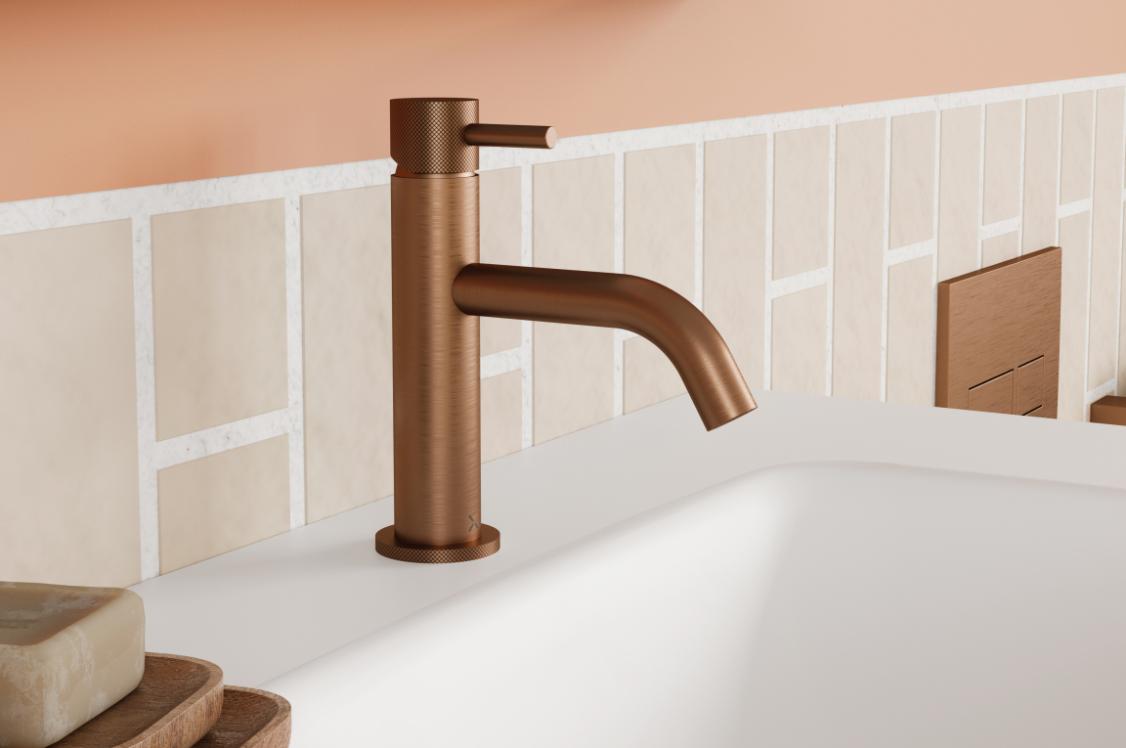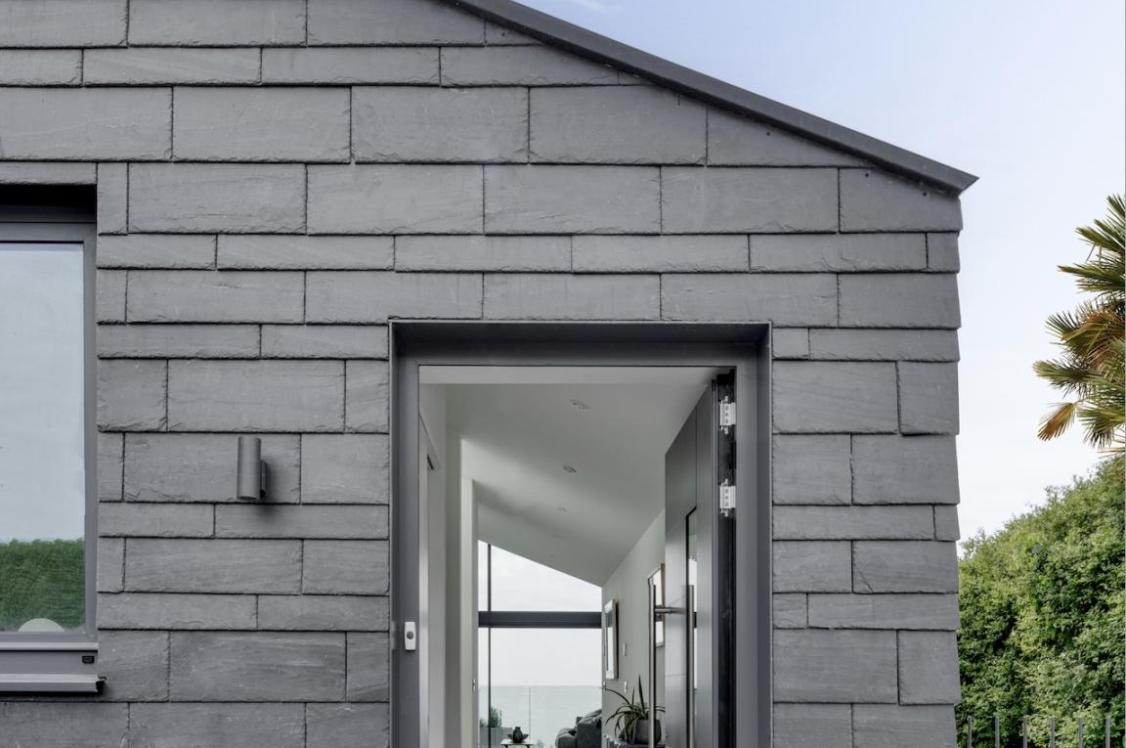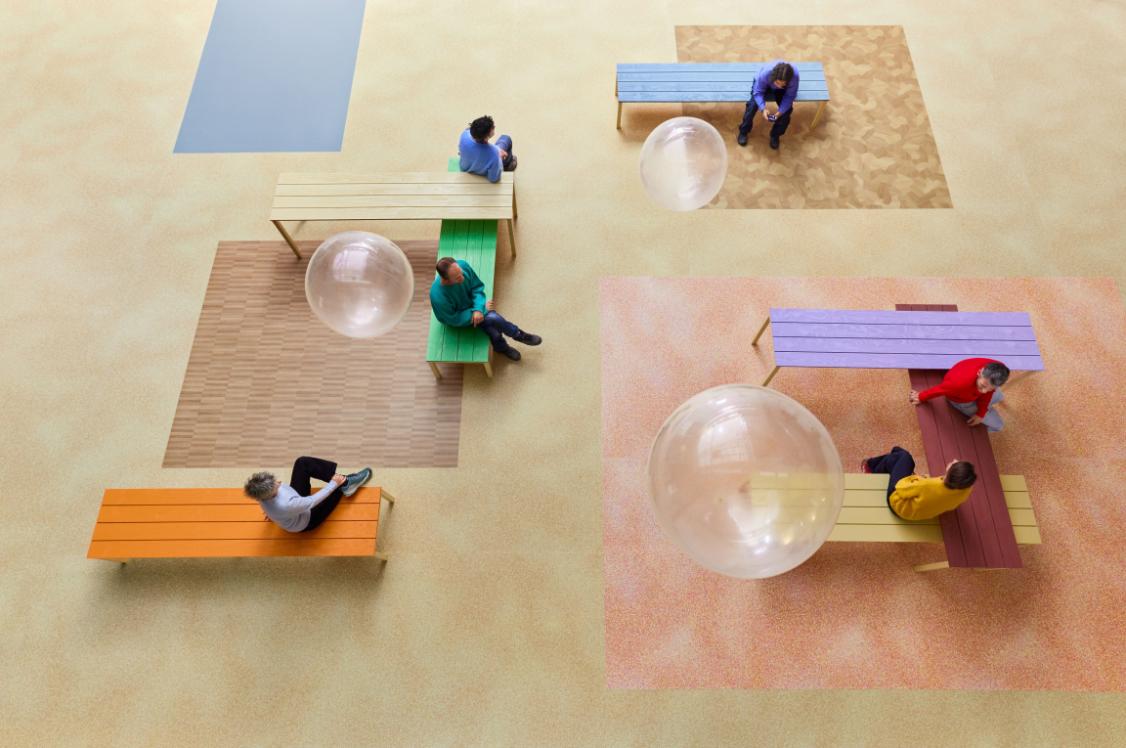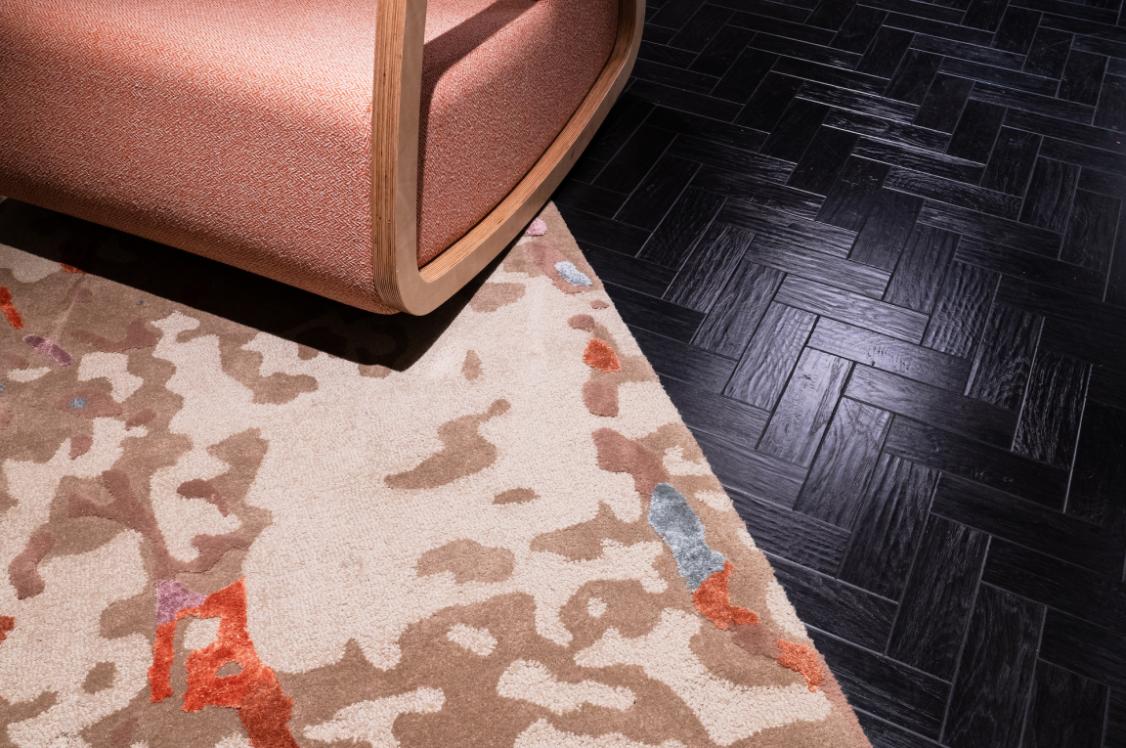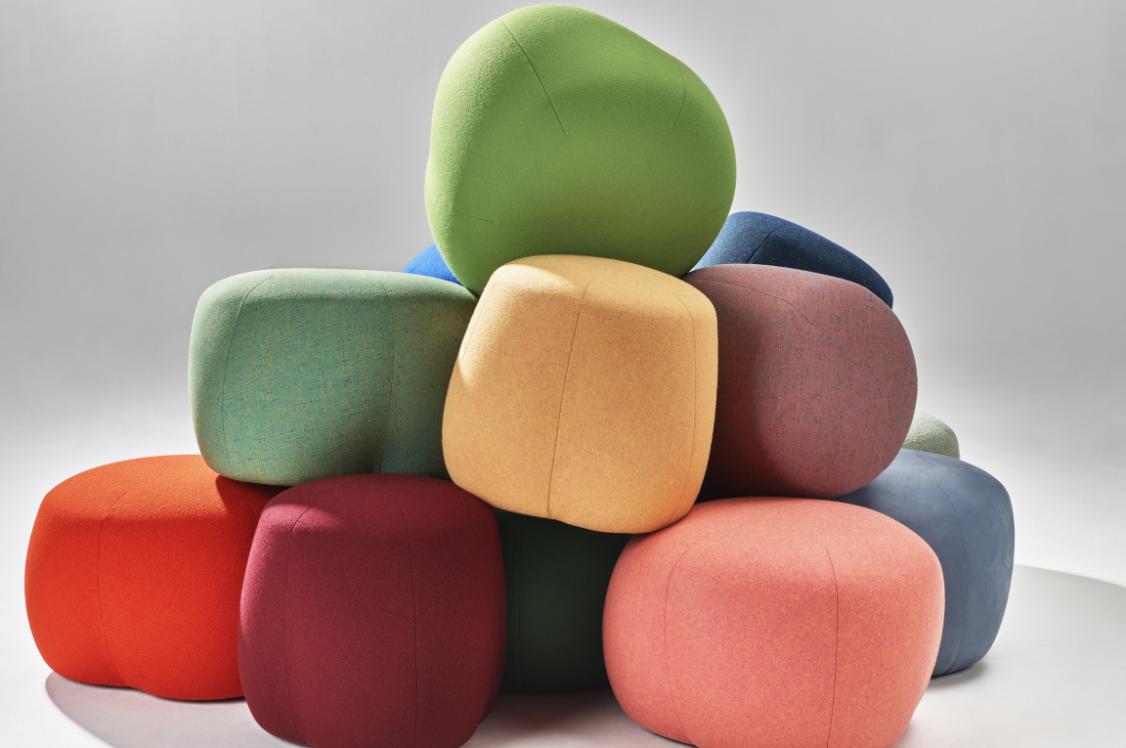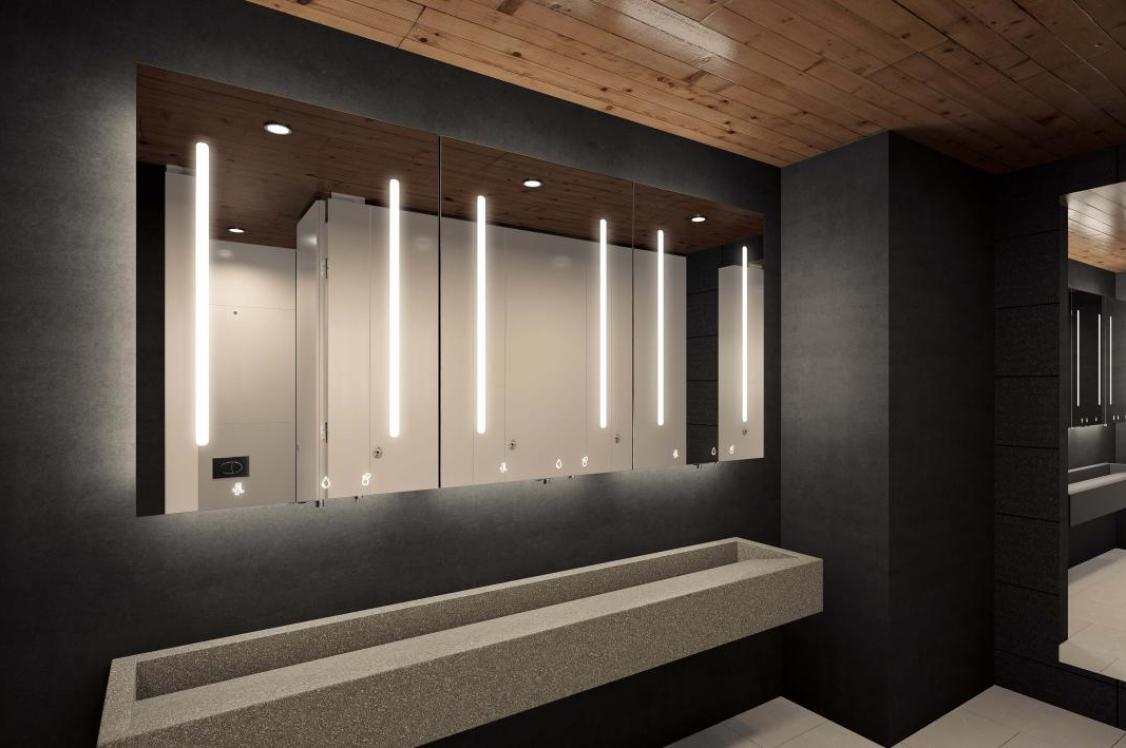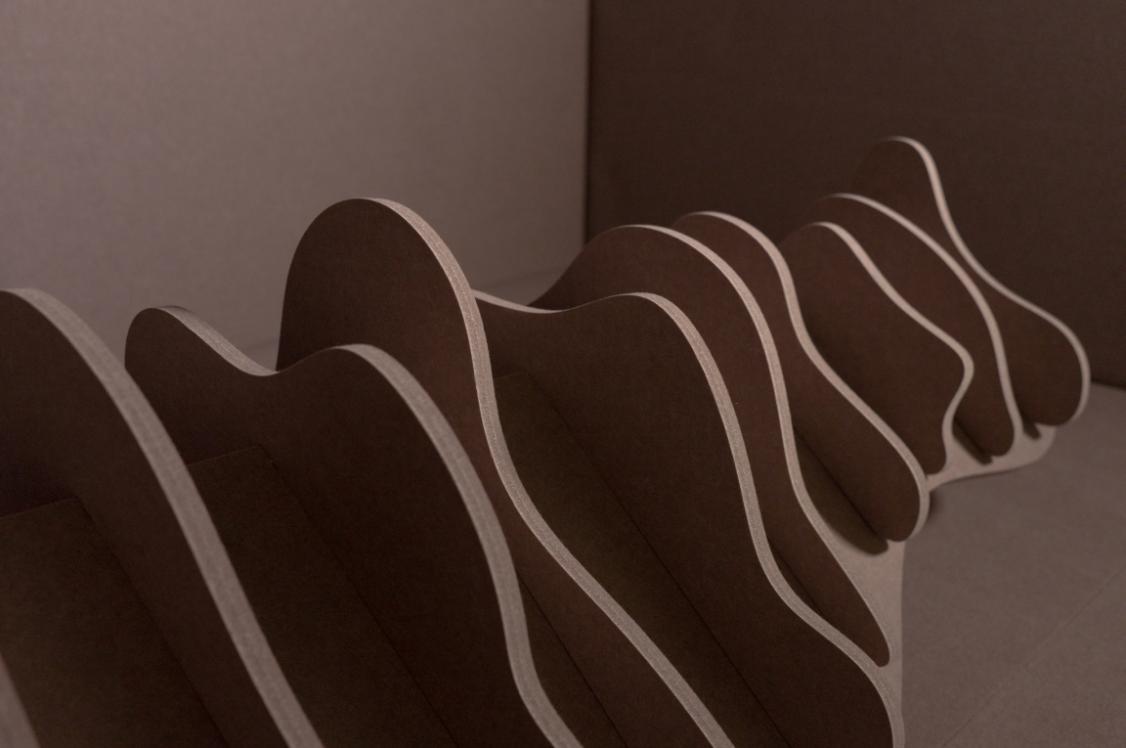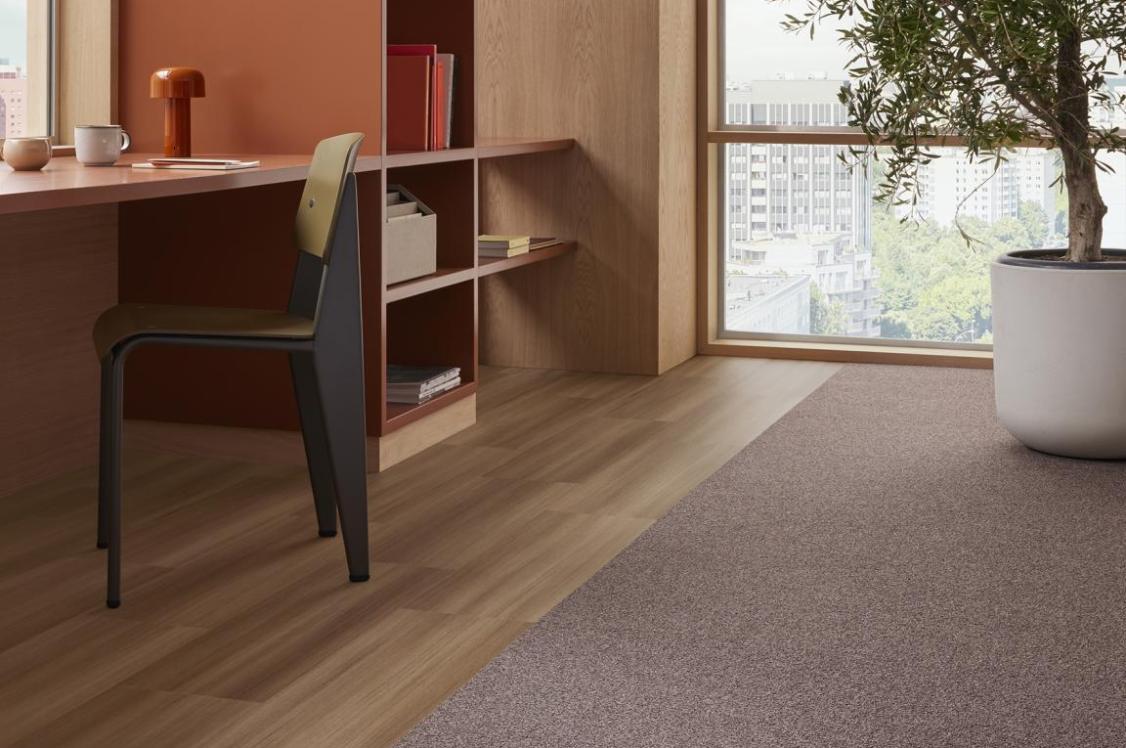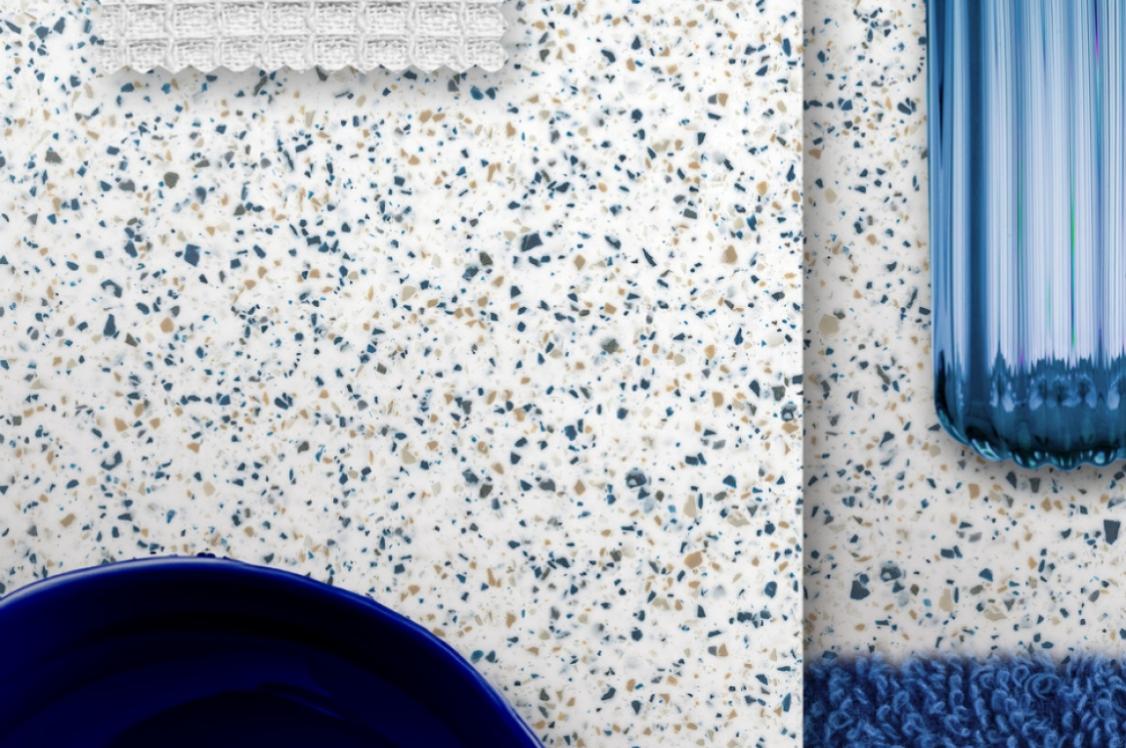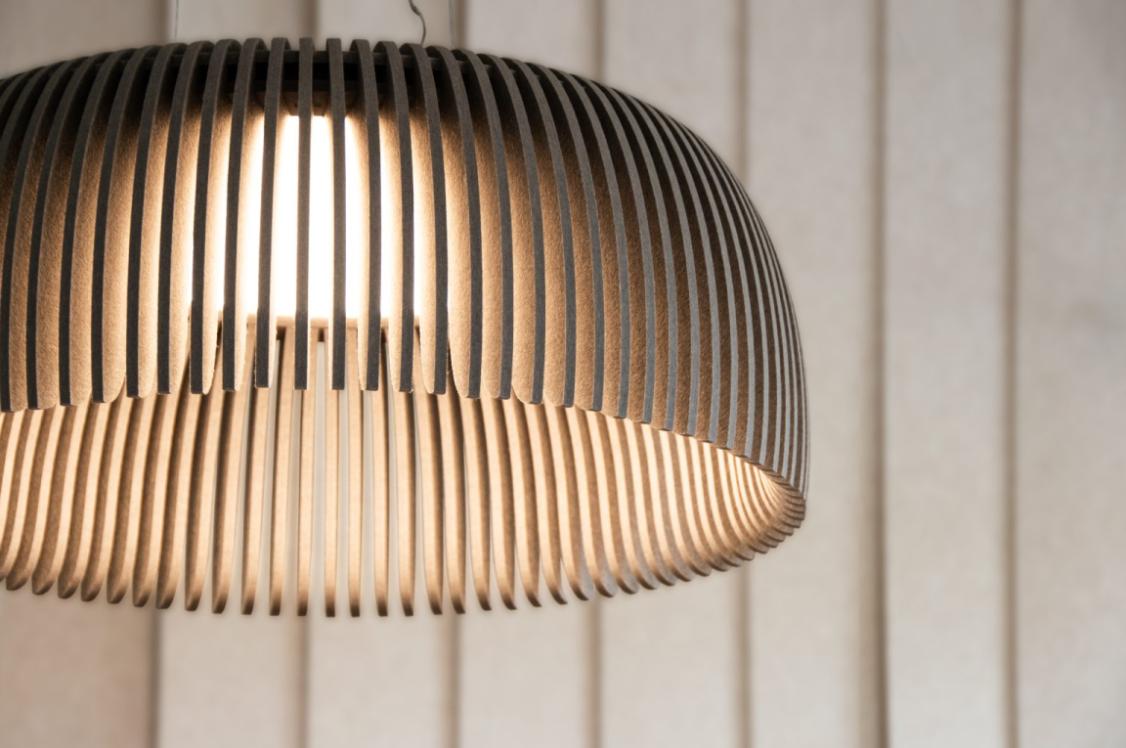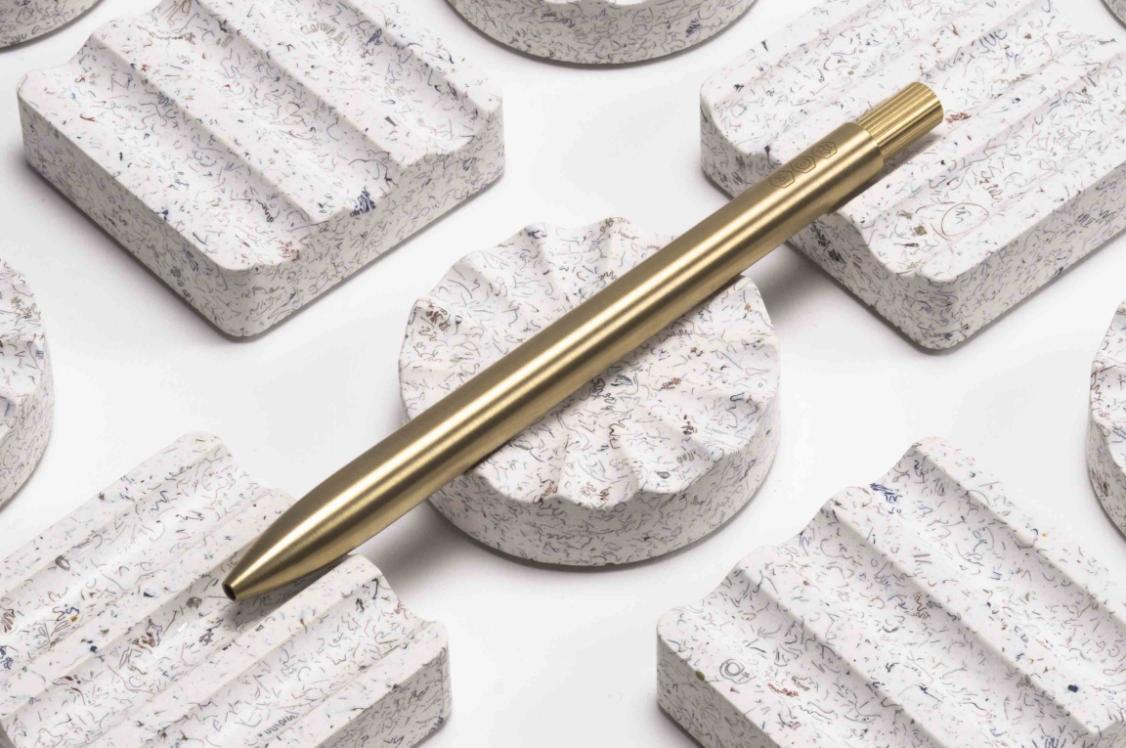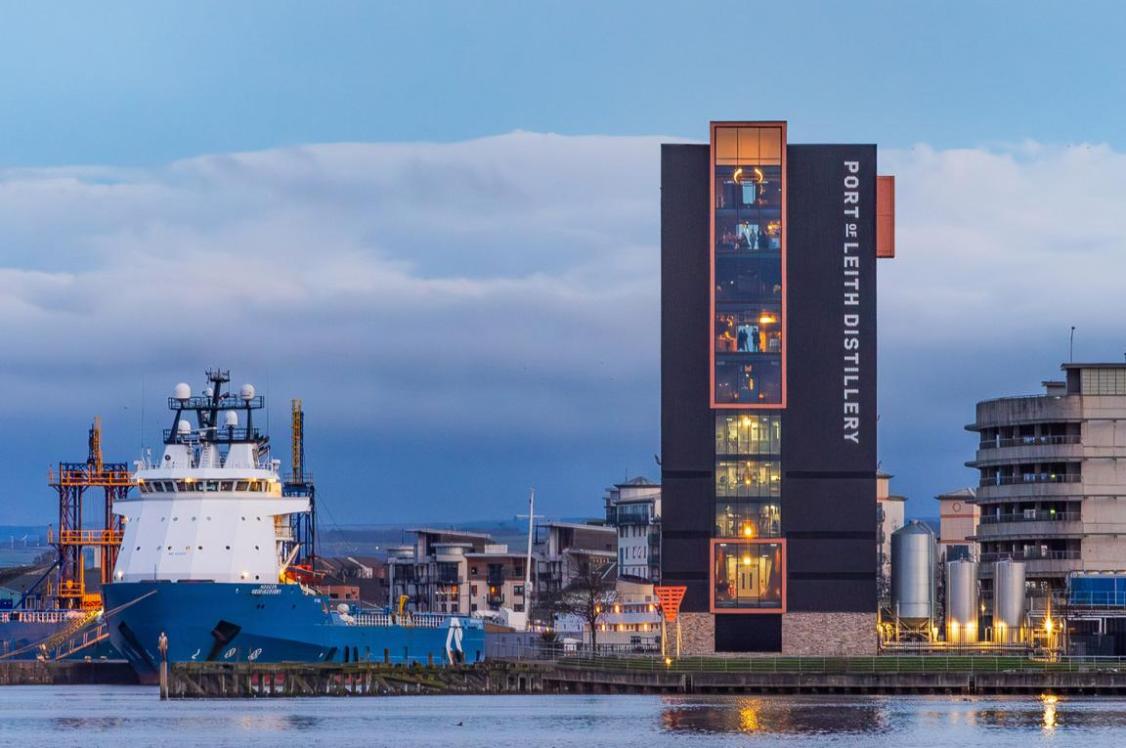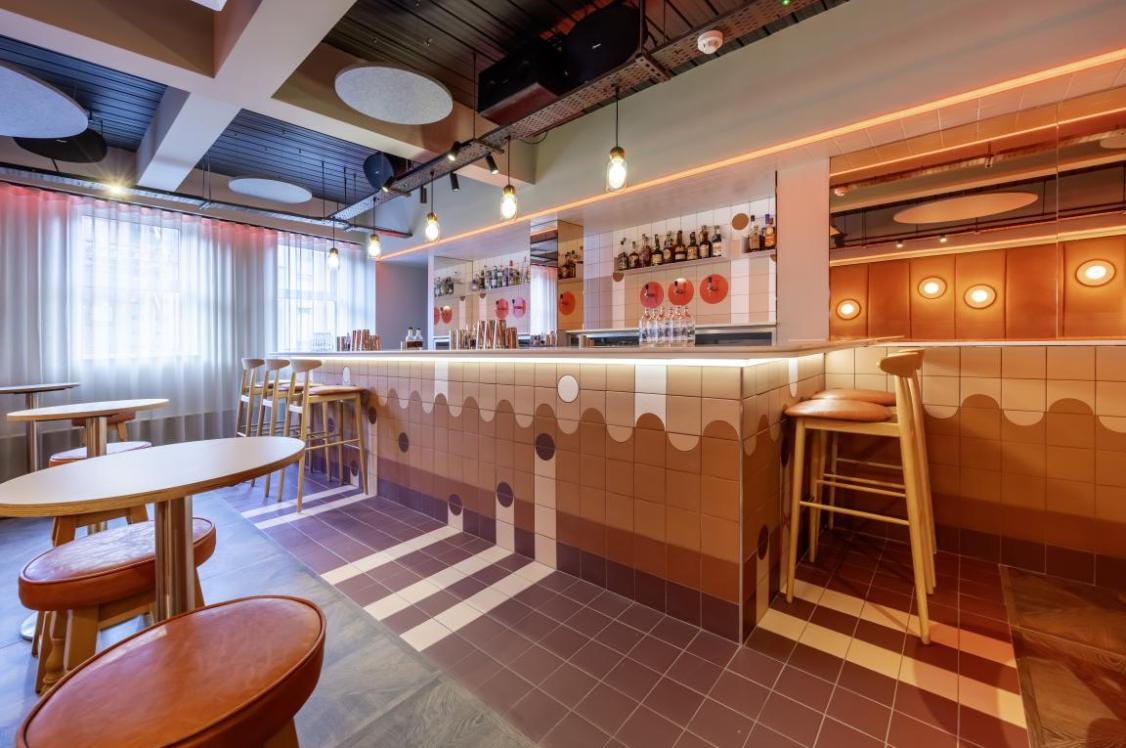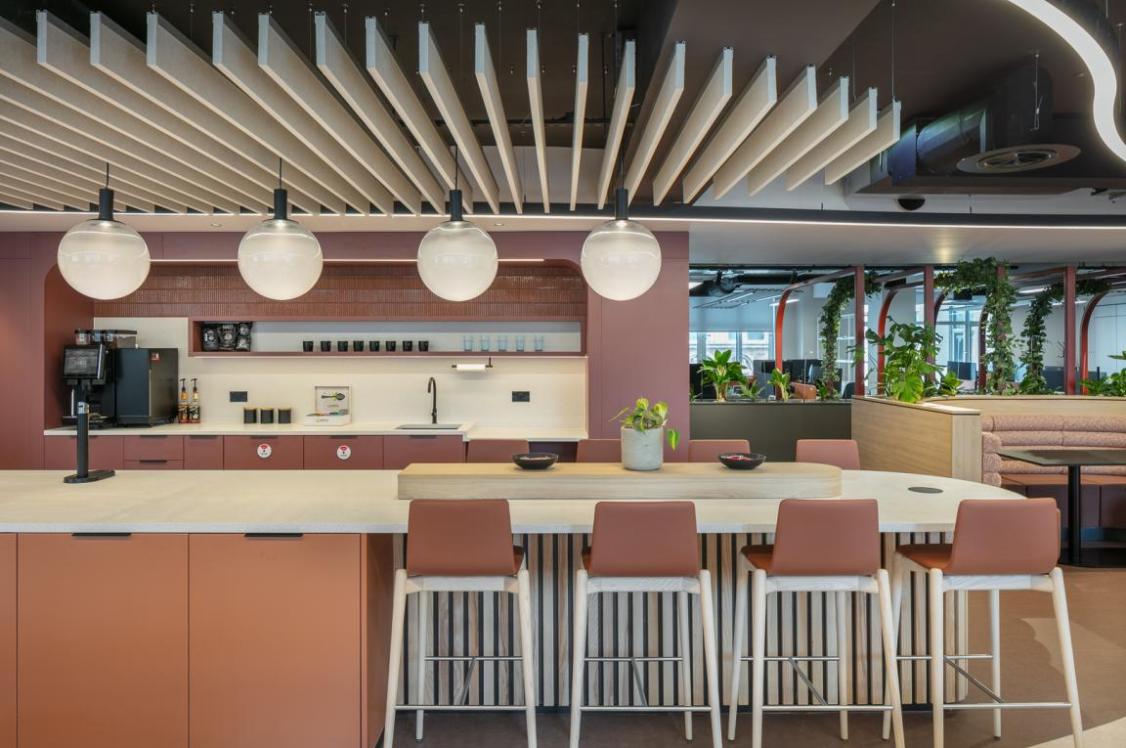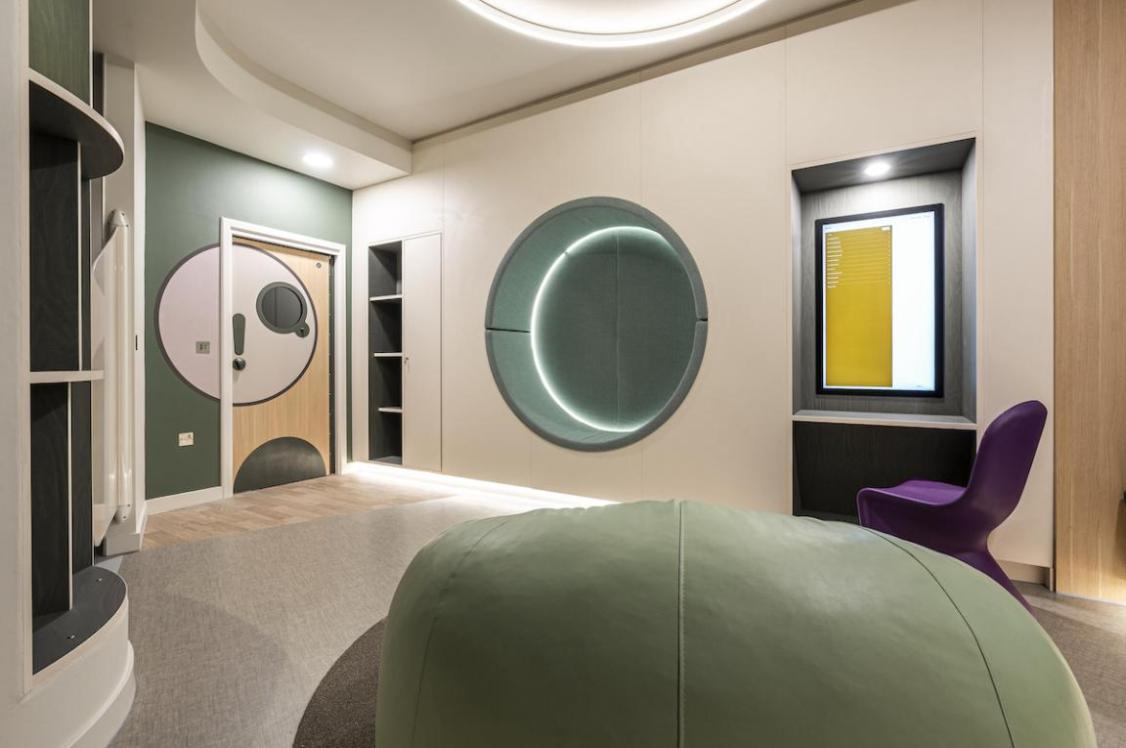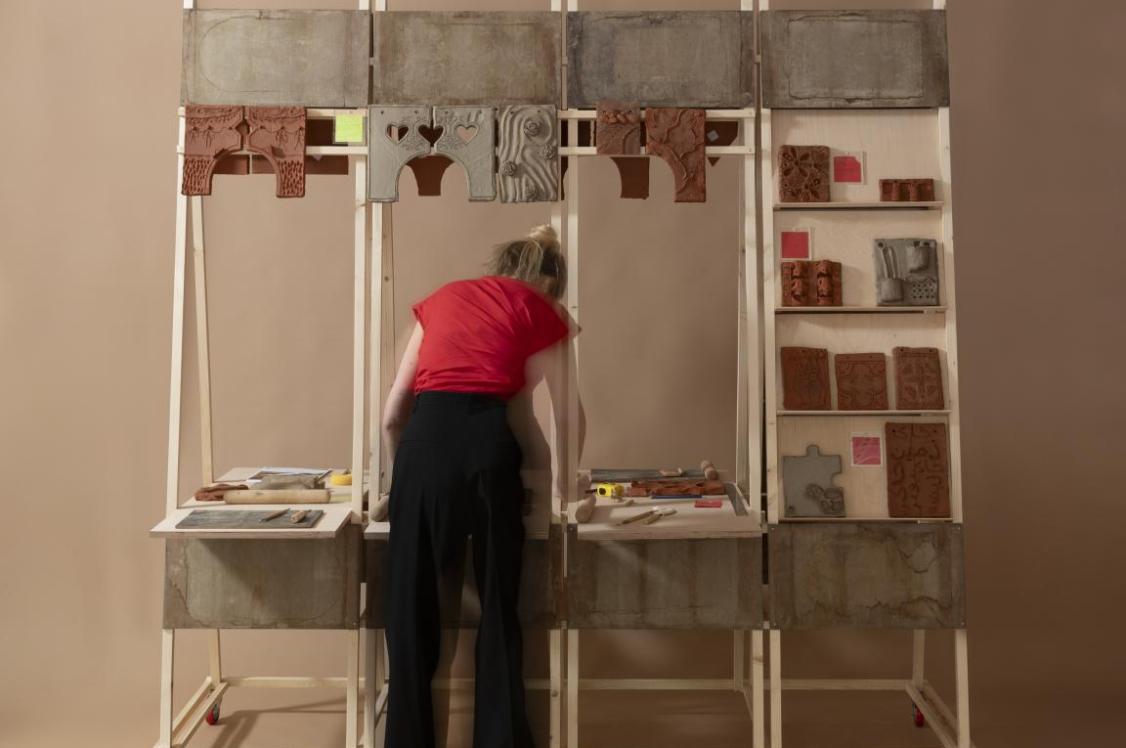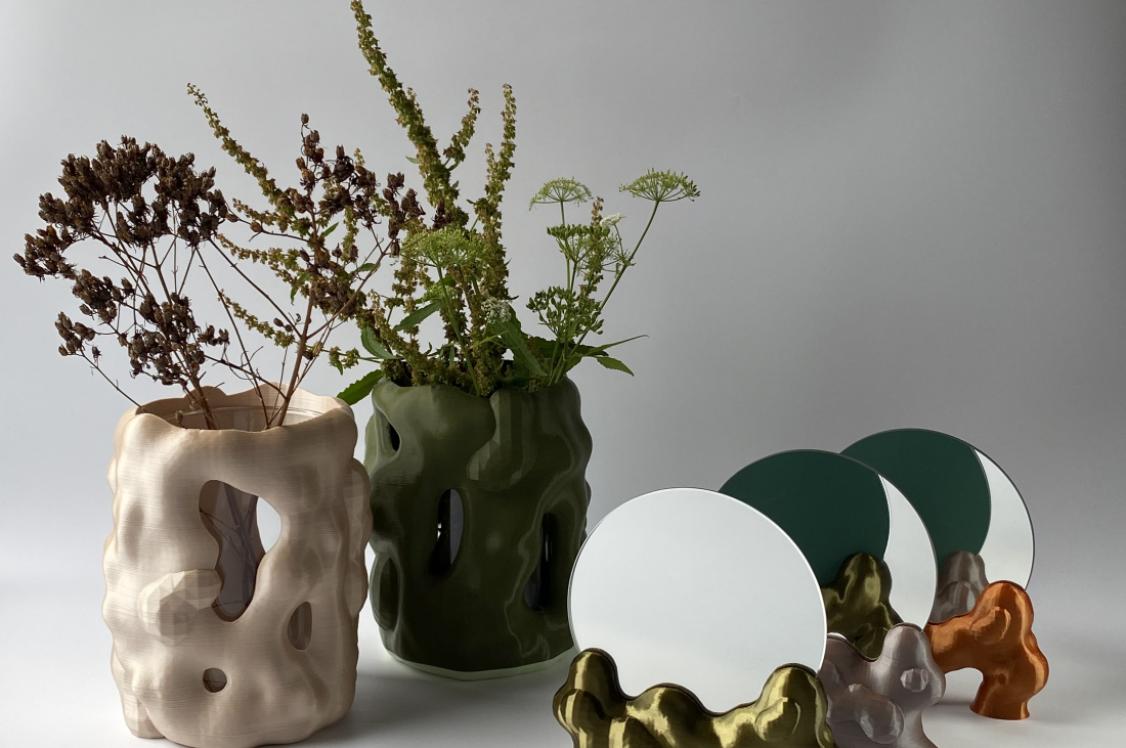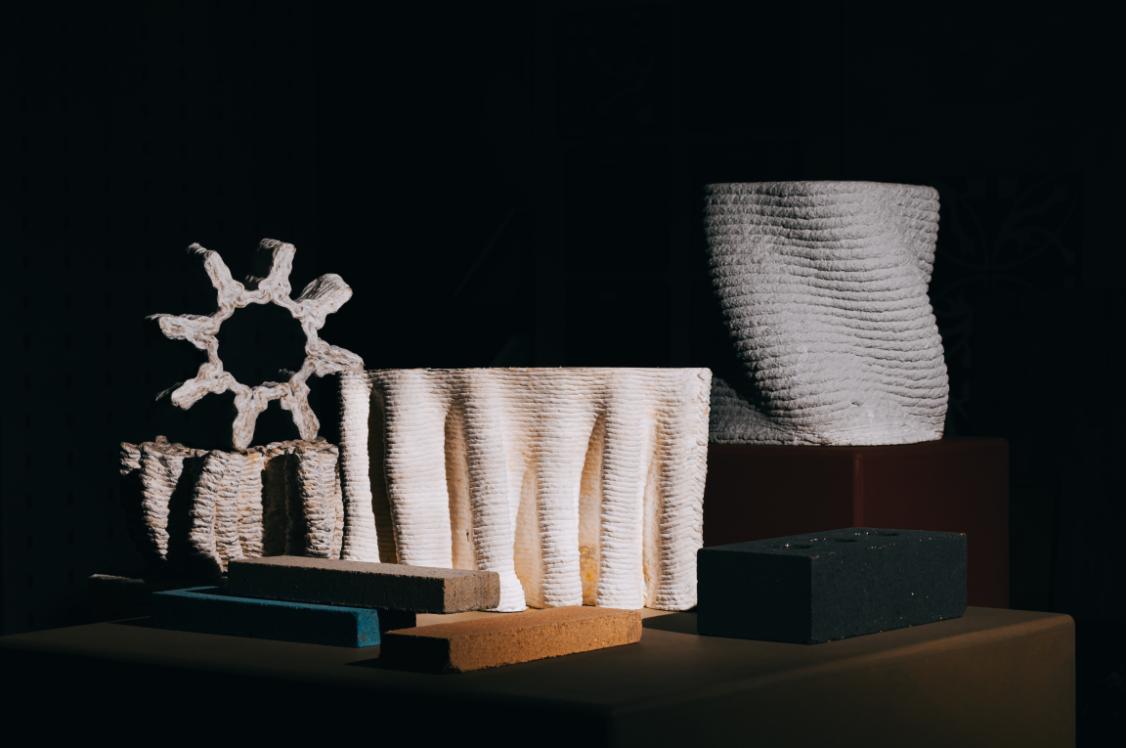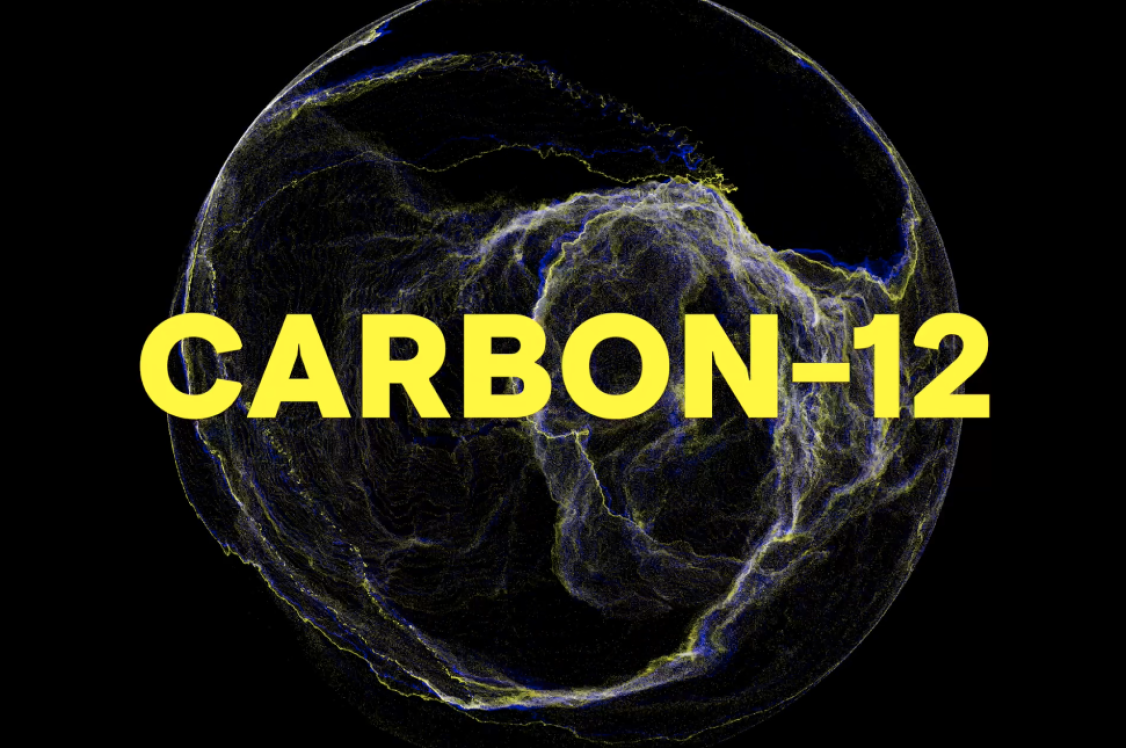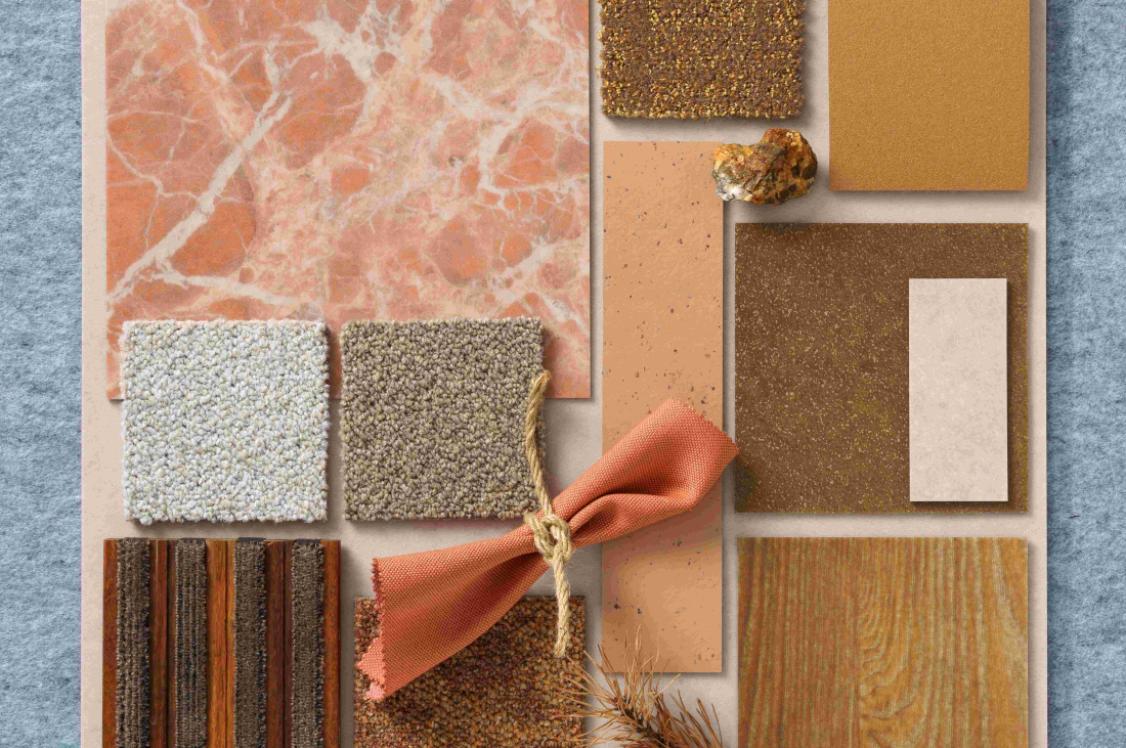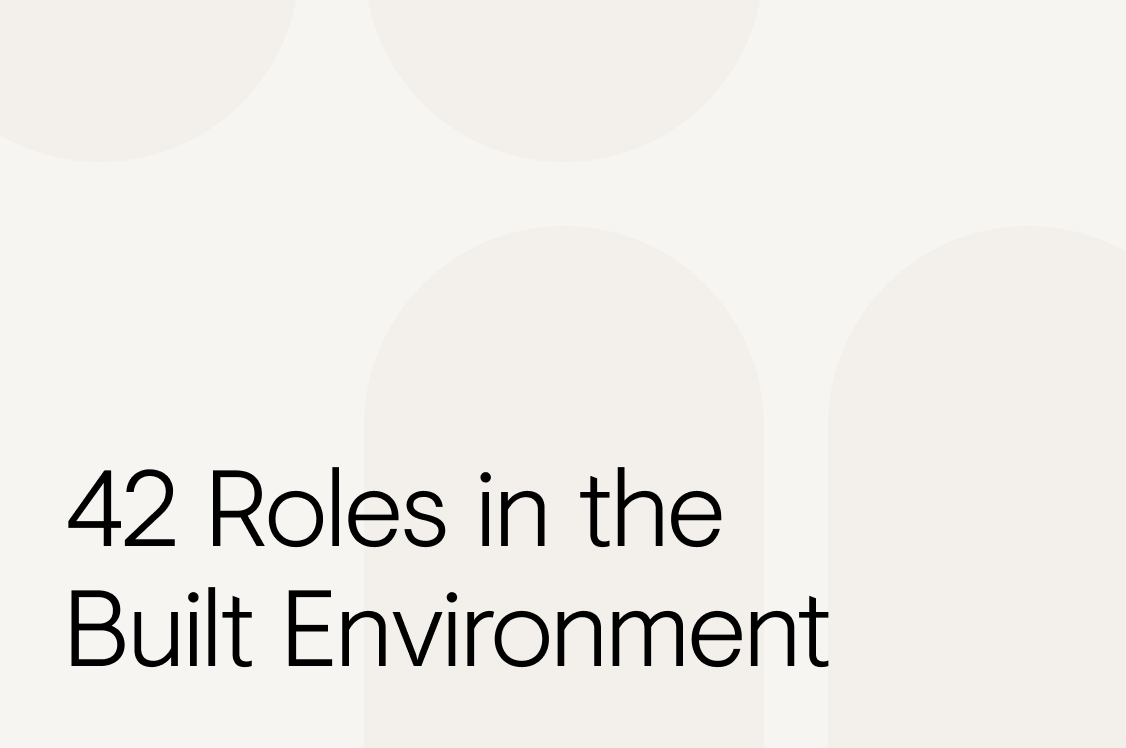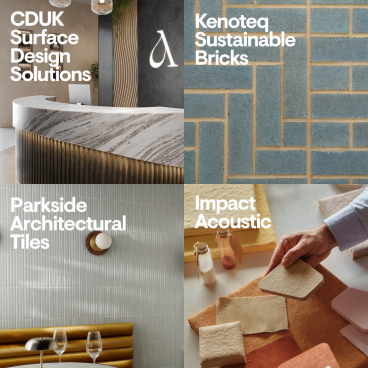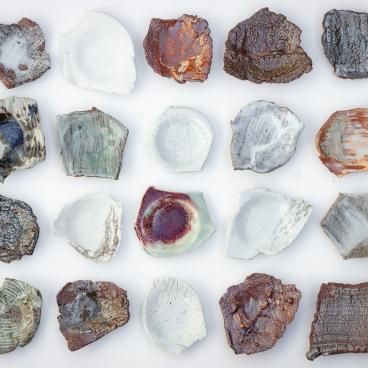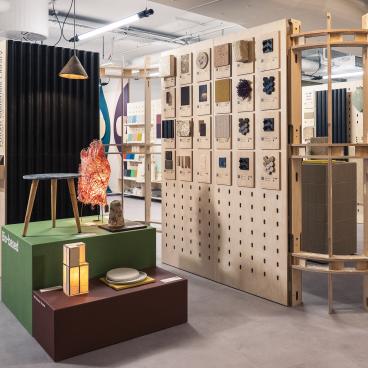Future Materials Library™: How do we define sustainability?
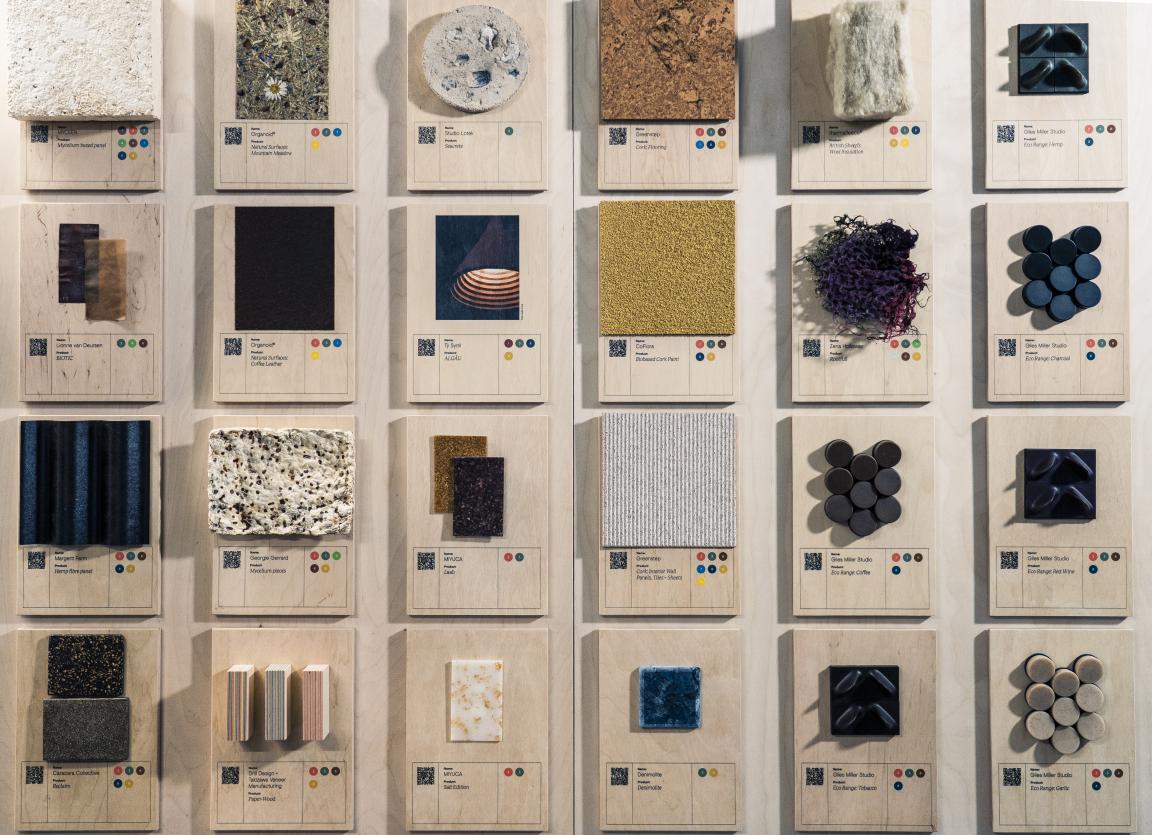
Credit: Tim Ainsworth
Our Future Materials Library™ is now open at Material Source Studio London.
When visiting, please explore at your leisure, and use the definitions below in relation to the numbered dots on each exhibitor’s panel.
This key is designed to clearly illustrate each material’s credentials to aid your specification journey.
+90% Reclaimed / Recycled
Materials that are salvaged, repurposed, re-used to fabricate something new, diverting waste-streams from landfill / incineration. Reclaimed / recycled materials facilitate closed loop manufacturing, and promote circular economy.
Reclaimed: A material re-used in its near original form with minimal processing. Recycled: A material broken down into raw form and re-made into a new material.
Example materials: MWO Design - Soundbounce & Rosy Napper - ReCinder
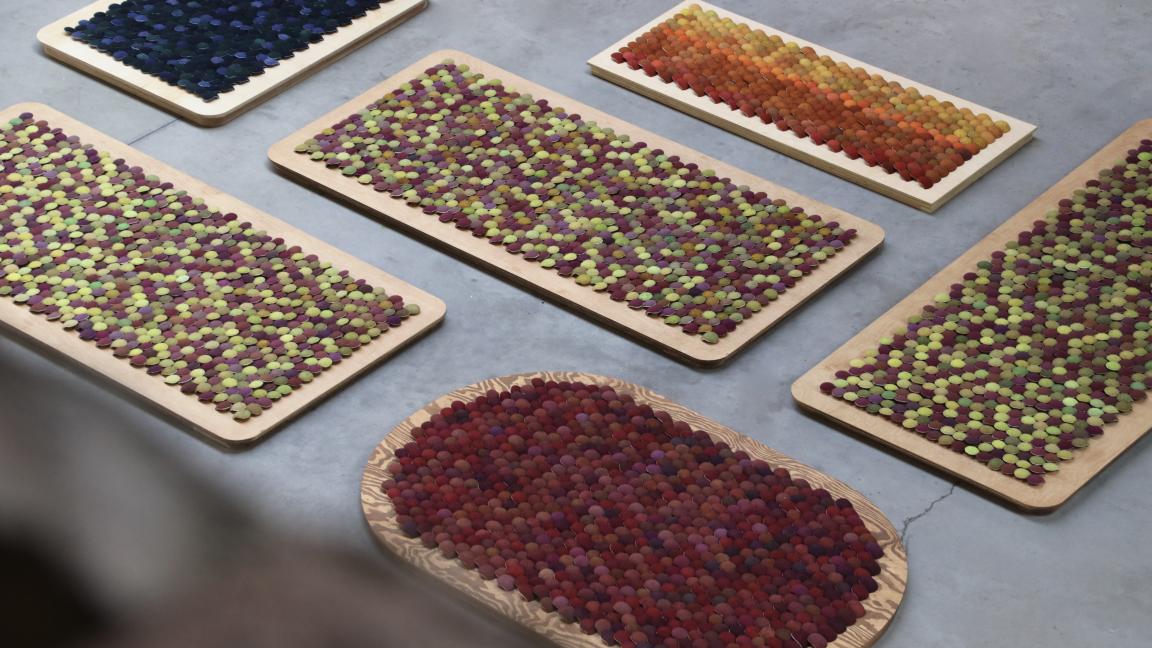
+90% Reclaimed / Recycled: MWO Design - Soundbounce. Image credit: MWO Design
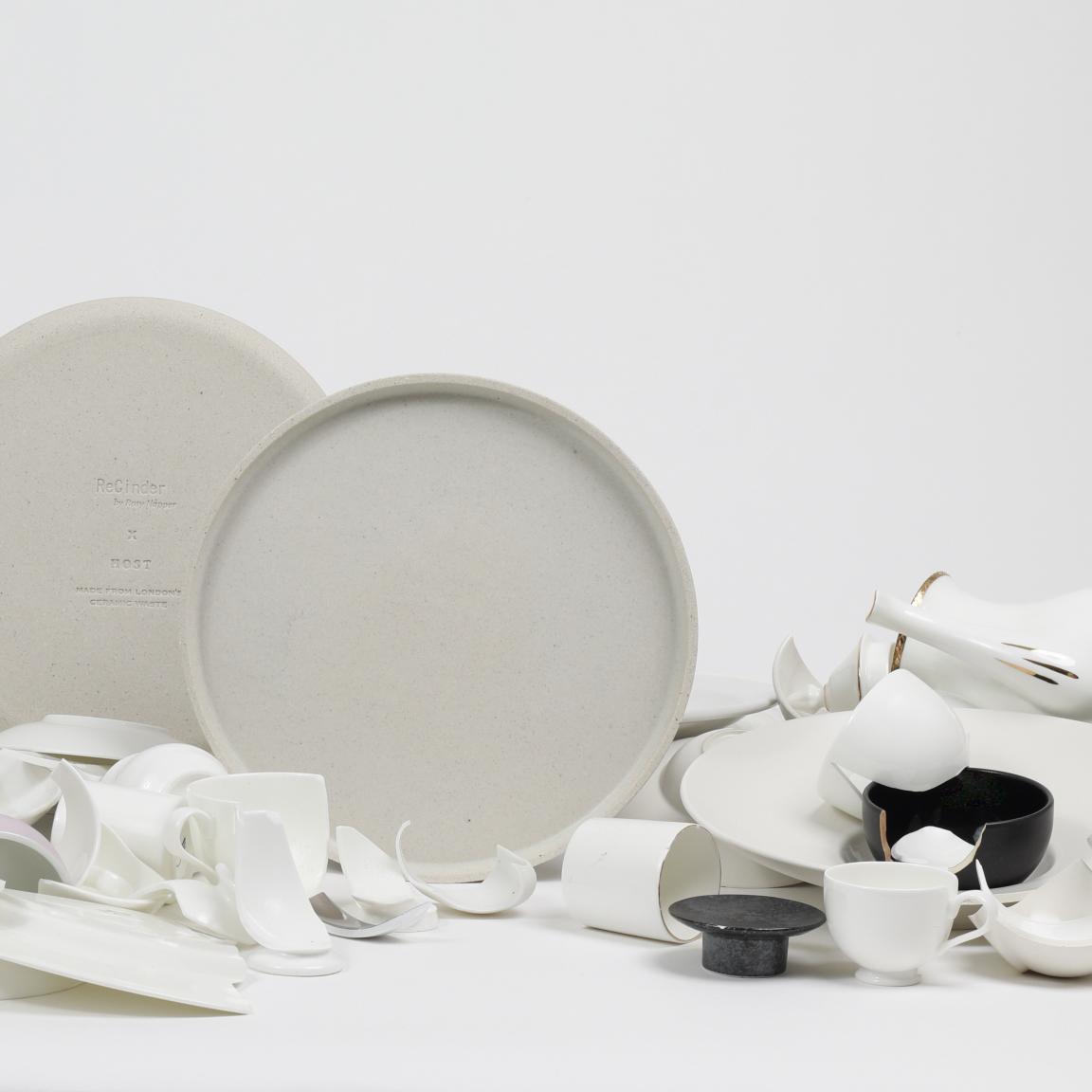
+90% Reclaimed / Recycled: Rosy Napper, ReCinder. Image credit: Karina Lidia Augusto
Low to no carbon
Low carbon, carbon neutral and carbon negative material solutions that can be implemented to reduce the embodied carbon of a project.
Low carbon: The material’s production, transportation, and use generate significantly less CO₂ compared with conventional materials.
Carbon neutral: The material has net-zero carbon emissions over its life cycle, either because its production emits no CO₂ or because any emissions are offset through processes like sequestering or renewable energy use.
Carbon negative: The material removes more CO₂ from the atmosphere than is emitted during its production, use, and disposal. It actively sequesters or stores more carbon than is released in its life cycle.
Example materials: University of East London - Sugarcrete® & Dekiln - Eralith®
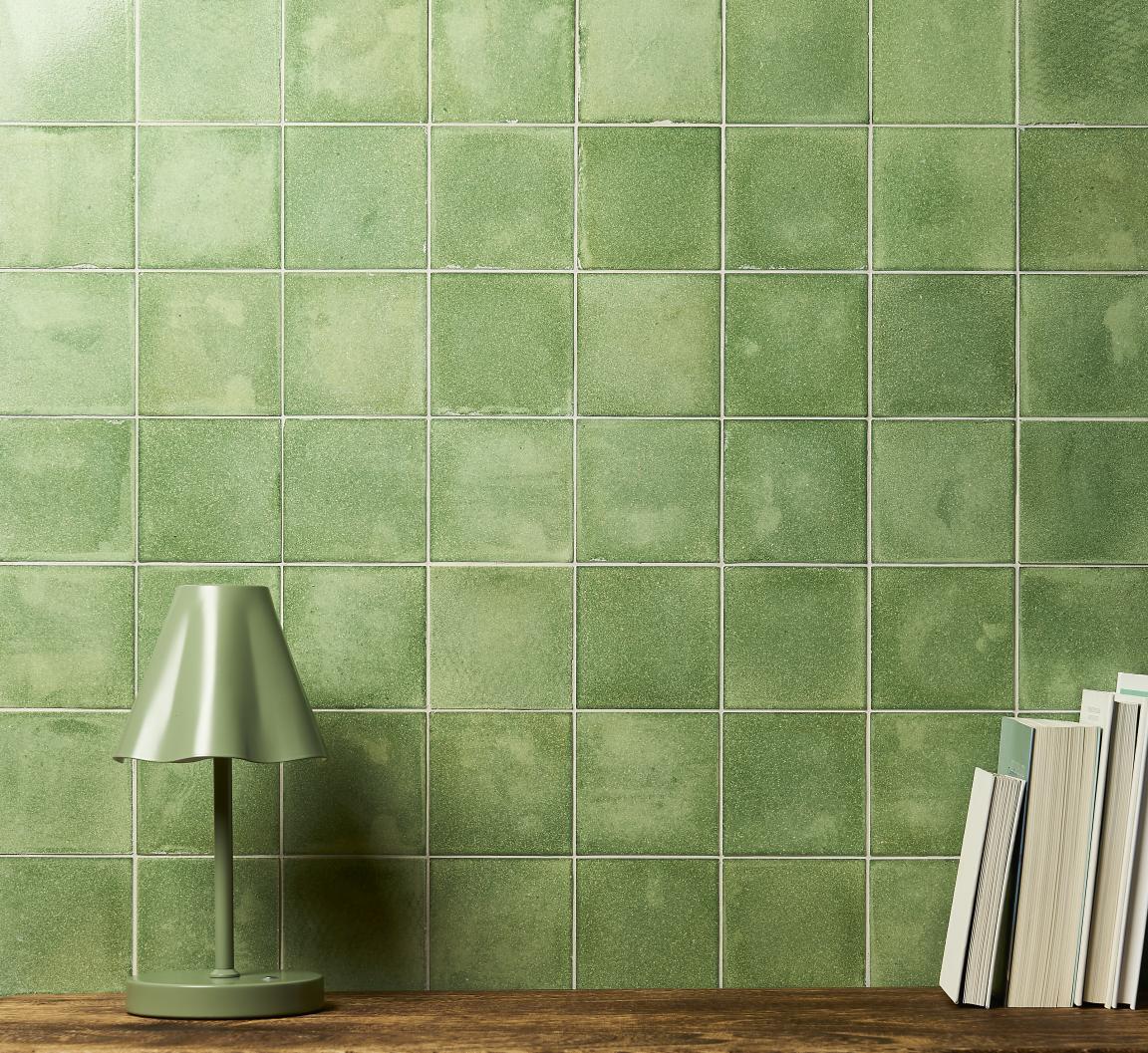
Low to no carbon: Dekiln - Eralith®
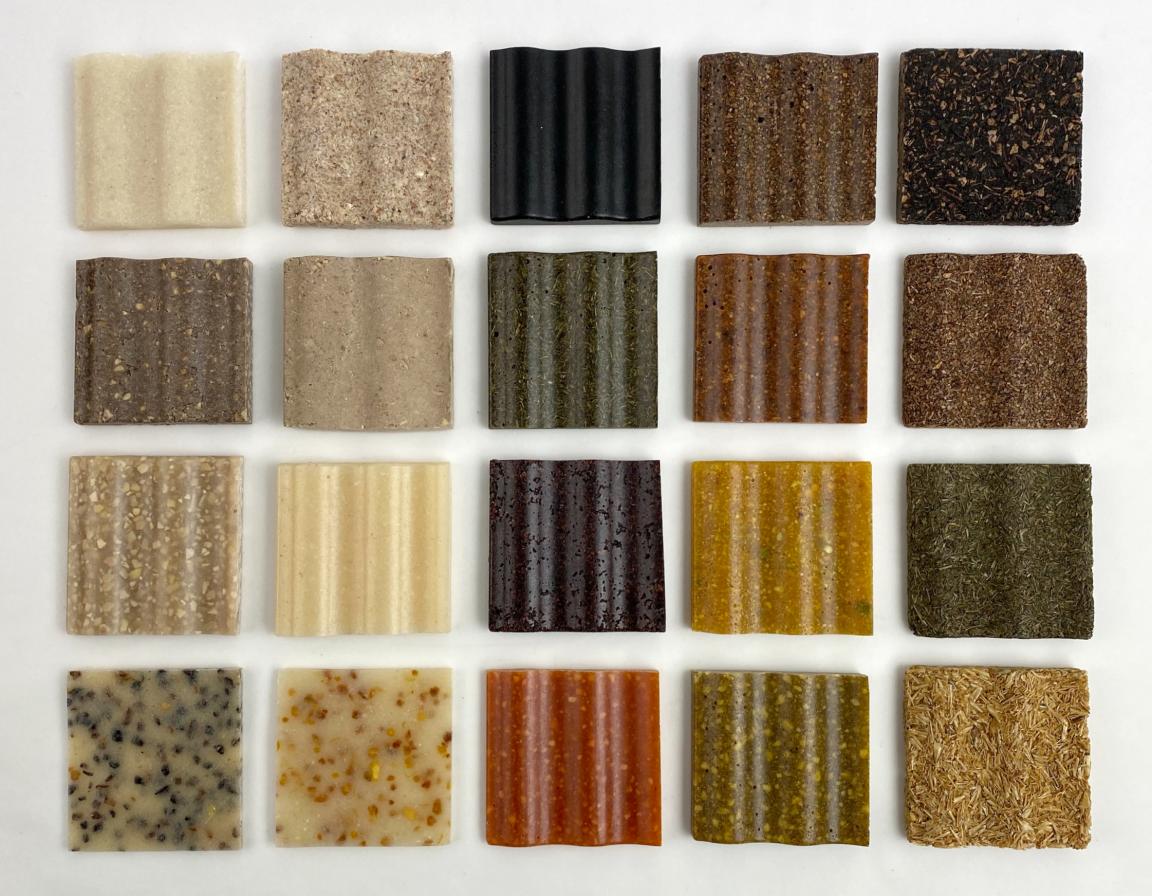
Bio-based: OTTAN
Bio-based
A material fully or partially made from renewable biological resources such as plants, trees, algae - unlike petroleum-based products that rely on finite fossil fuels.
This category includes bio-composites - materials that combine natural fibres such as flax, hemp, and wood, with a polymer binder, which can be bio- or petroleum- based.
Example materials: OTTAN - Nuts, Nutty, Eggy, Moon & MIYUCA - Laab
Bio-fabricated
Materials made by life, not just from life: A material that is grown or produced using living organisms under designed growth processes in labs or controlled facilities to directly “manufacture” the material from cells or microbes.
These living organisms often include bacteria, algae, or fungi, and are fabricated through processes such as fermentation, or microbial growth. Because they’re grown in controlled environments, texture, strength, and other qualities can be controlled / tailormade.
Example materials: MycoWorks - Reishi™ & Zena Holloway - Rootfull
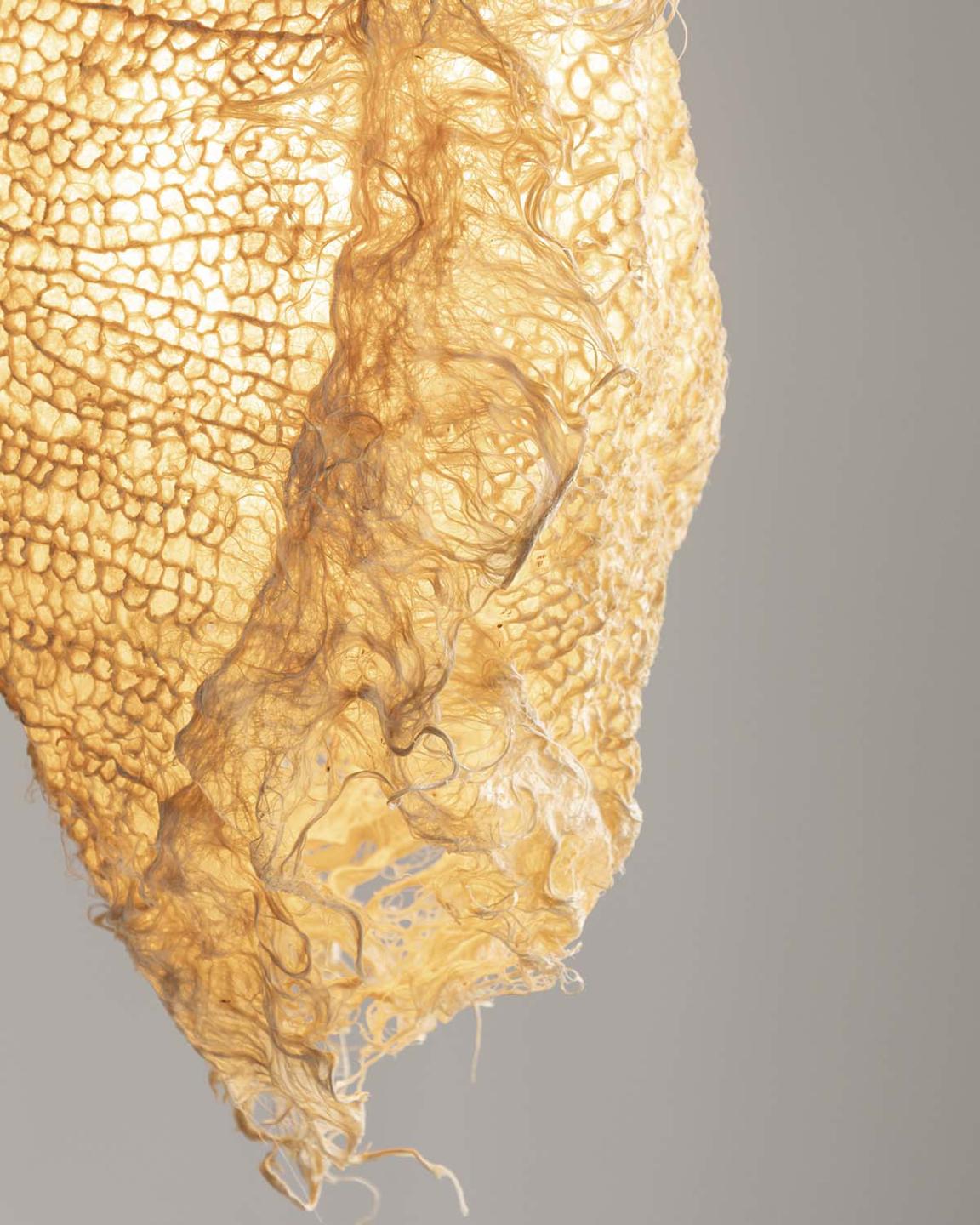
Bio-fabricated: Zena Holloway - Rootfull
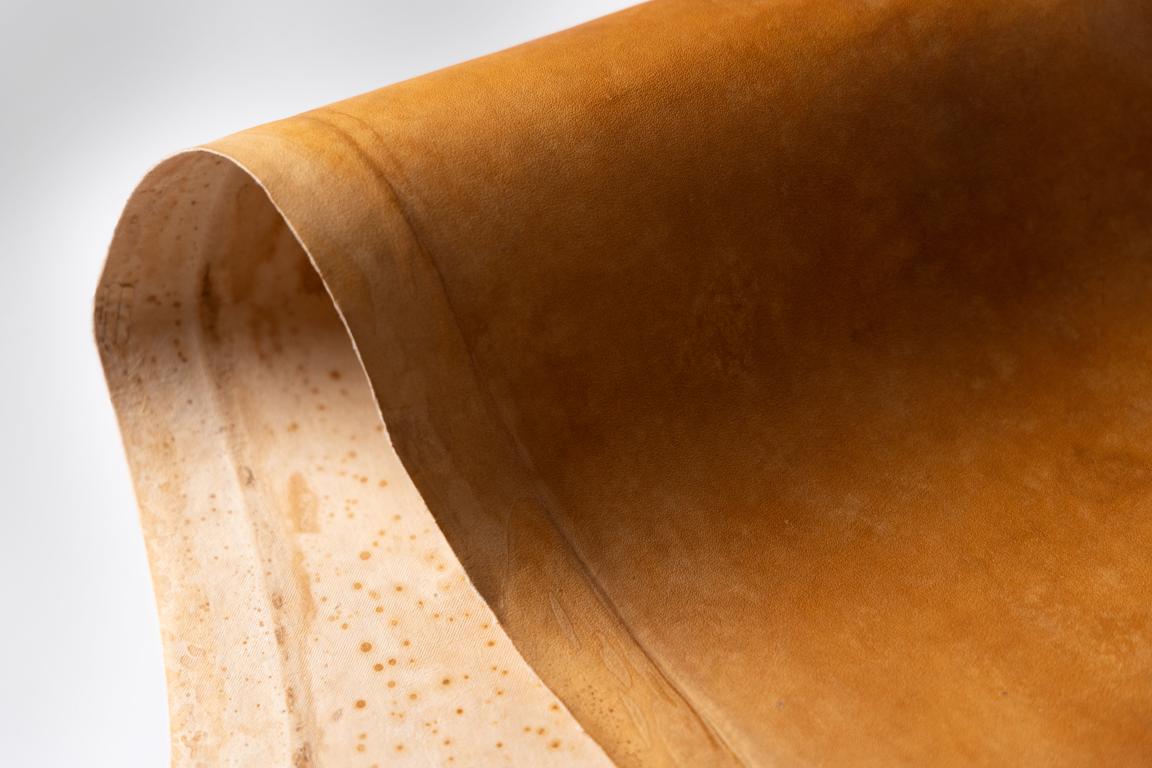
Bio-fabricated: MycoWorks - Reishi™
Bio-receptive
Materials specifically designed or naturally equipped to support the growth of living organisms, such as plants, moss, algae, or microorganisms, on its surface or within its structure.
Example materials: Aileen Hoernerloh + Richard Beckett, Beckett Lab UCL / Microbiome Modulators & Serame Studio - Minimal Matter
Compostable
A material that naturally breaks down and decomposes into natural elements without leaving toxic / harmful residue in a relatively short time period (general benchmark 180 days) in domestic or industrial composting facilities. These materials can be recycled back into completely organic elements, nourishing the land.
Example materials: Hannah Elisabeth Jones - BioMarble & Agoprene® - AgoFoam, AgoFoam T, AgoRock
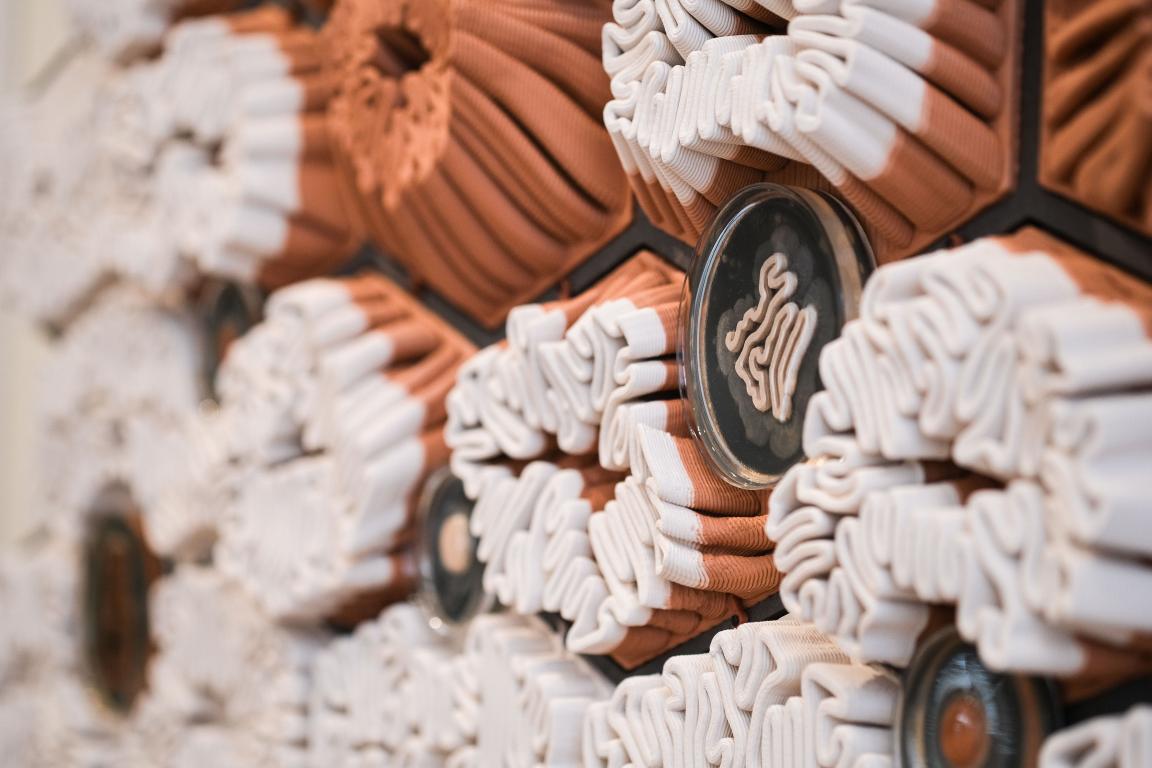
Bio-receptive: Beckett Lab, Microbiome Modulators
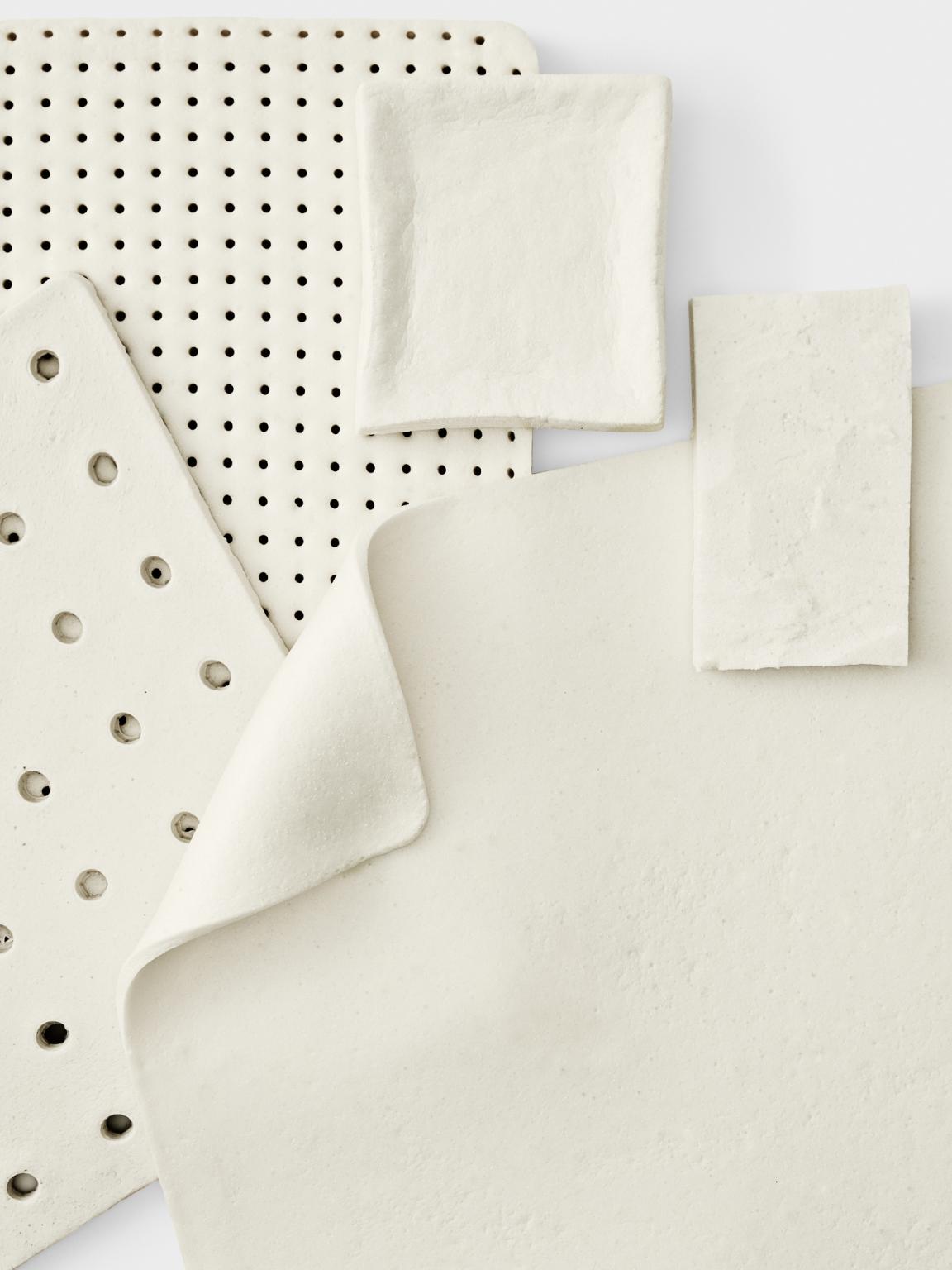
Compostable: Agoprene®, AgoFoam, AgoFoam T, AgoRock
Certified / accredited
A certified or accredited material is one that has been formally evaluated and approved by a recognised third-party organisation against a specific set of standards.
The material has been granted official documentation, proving it meets those requirements. Examples include, Cradle to Cradle Certified, BREEAM, WELL, FSC Certified, Passivhaus Certified.
Example materials: IndiNature - IndiTherm & Clayworks, Natural Clay Plasters
Recyclable
A material that can be collected, processed, and re-manufactured into new products instead of being disposed of as waste.
Example materials: Zeoform™ - Zeoboards & Caracara Collective - Reclaim
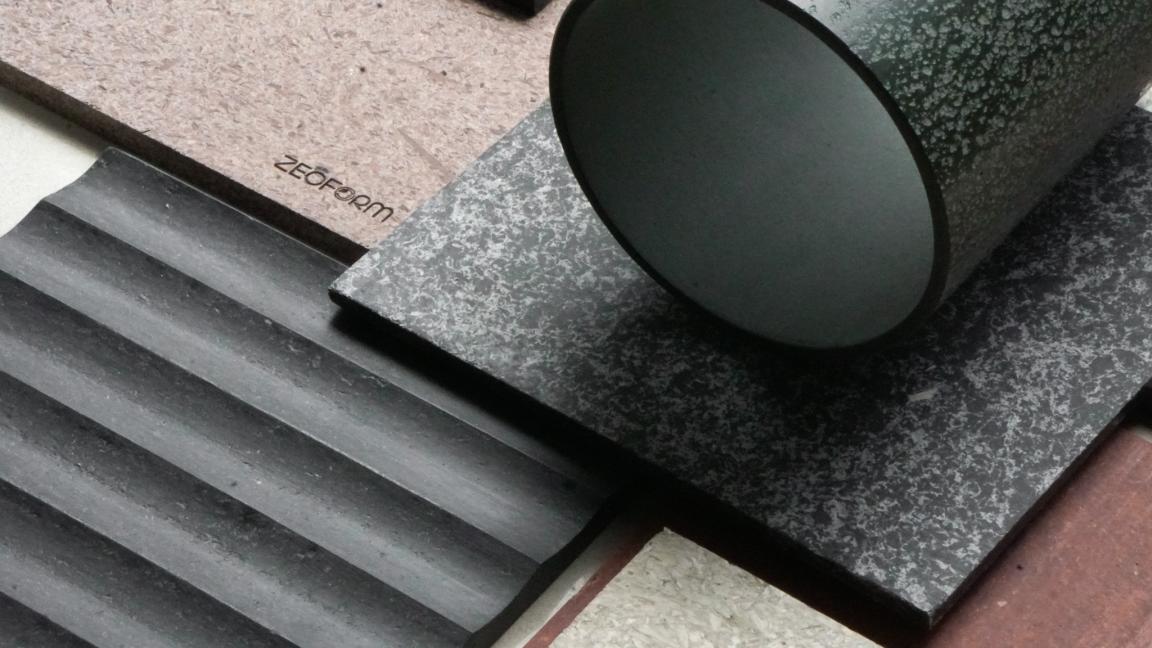
Recyclable: Zeoform, Zeoboard
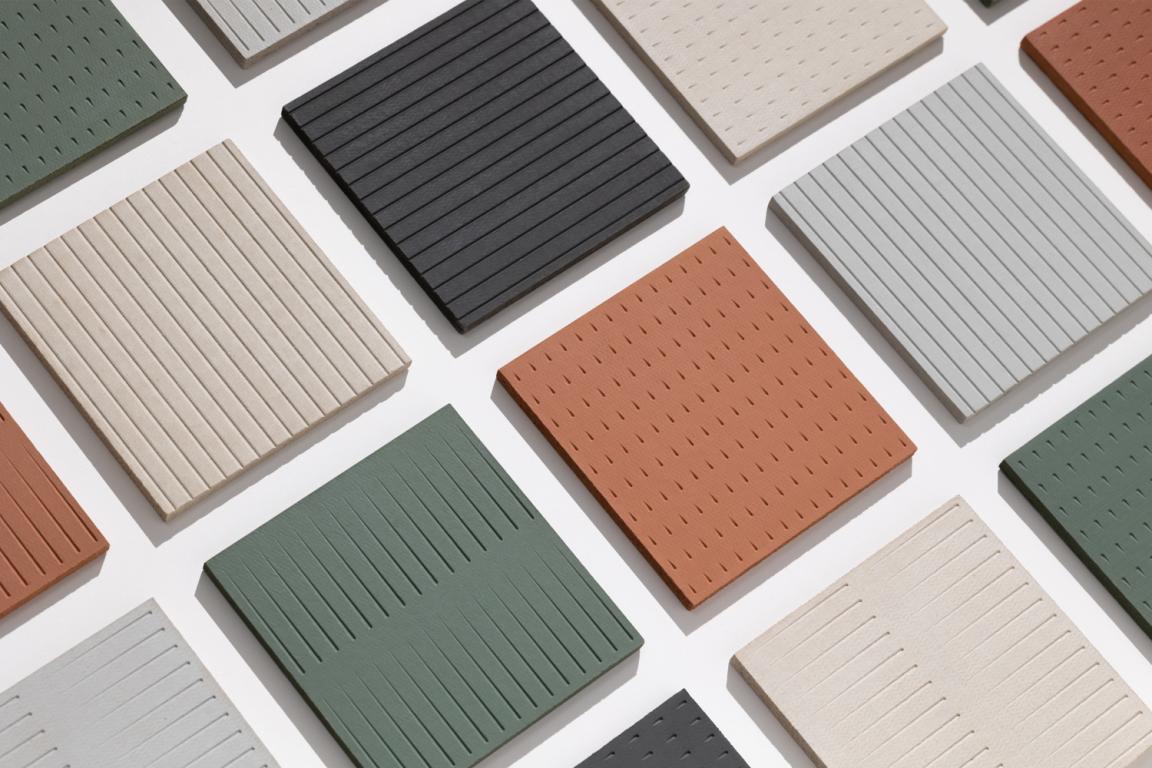
Commercially ready: FRONT®, Paper Waste Panels
Commercially ready
A material that has moved beyond embryonic research, prototyping or experimentation and can be manufactured reliably at scale for commercial projects. It’s shown to meet relevant technical, safety and regulatory requirements for its intended applications.
The manufacturer has an established process in place for sourcing, fabrication, and delivery.
Example materials: FRONT® - Paper Waste Panels, WasteBasedBricks, WasteBasedSlips, BioBasedTiles & Margent Farm - Hemp fibre panels
EPD accredited
An Environmental Product Declaration is a standardised, third-party verified document that reports on a material / product’s environmental impact over its life cycle.
Created to provide transparent, comparable information for architects, designers and specifiers on the environmental footprint of built environment based products.
This report on a material / product’s environmental performance is based on a Life Cycle Assessment (LCA) and following ISO standards (ISO 14025, EN 15804).
An EPD must be reviewed by an independent programme operator to ensure accuracy and compliance.
Example materials: FRONT® Pretty Plastic Panels & EcoCocon - Straw-based construction system
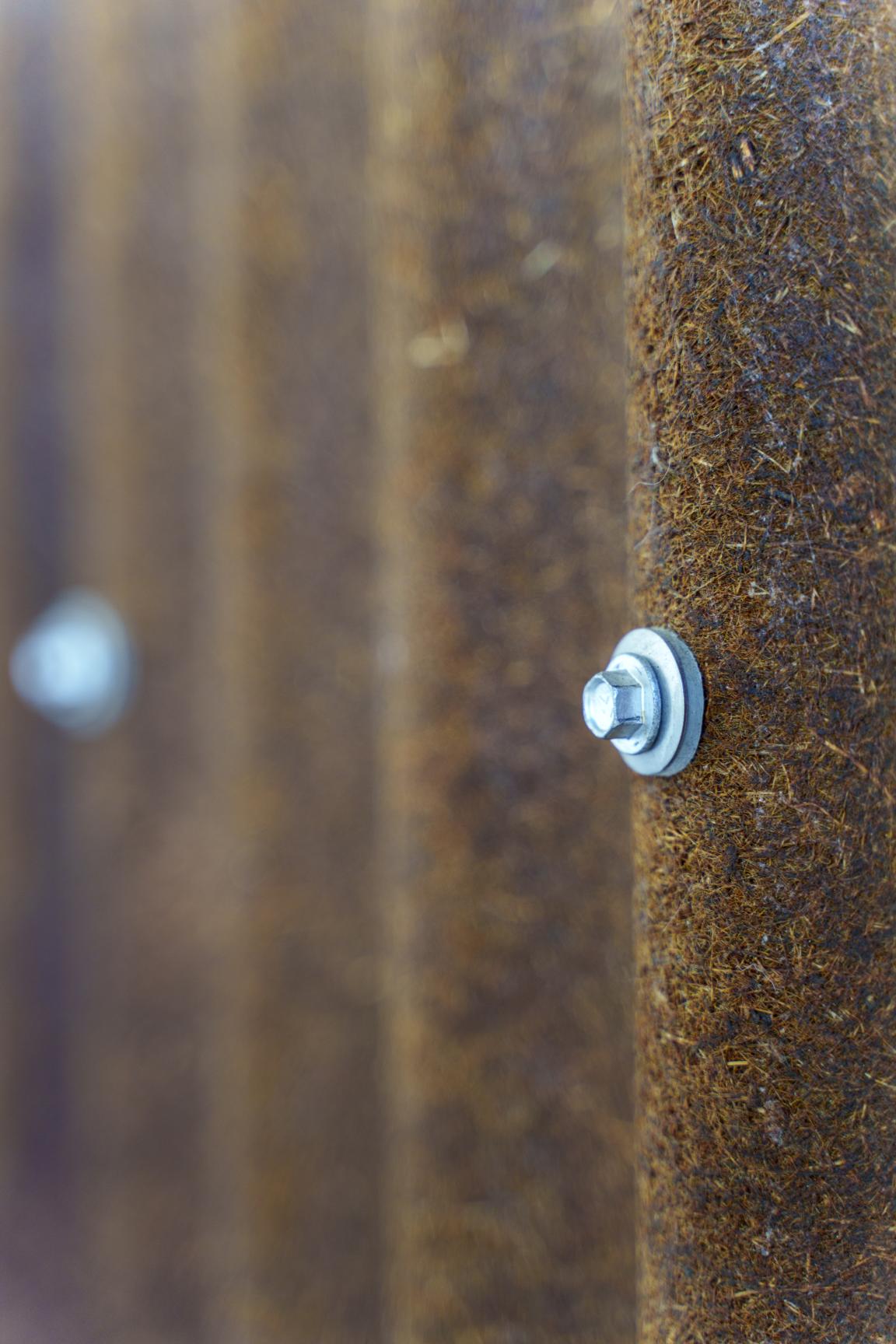
Commercially ready: Margent Farm, Hemp fibre panels
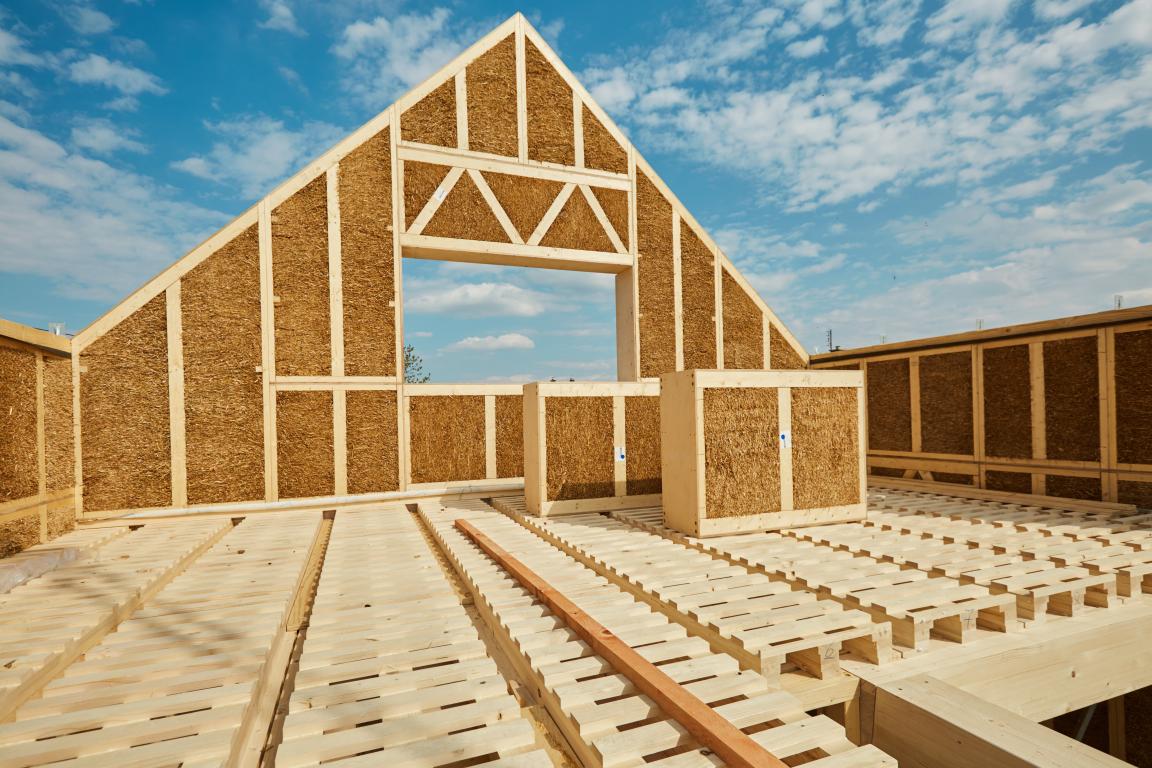
EPD: EcoCocon, straw-based construction system
You can explore the full roster of exhibitors in Future Materials Library™ here.






